Walk-in showers featuring benches blend functionality with luxury, creating a spa-like retreat in any bathroom. Bench seating enhances safety and accessibility, offering a comfortable spot for relaxation or practical use such as shaving and storage. Whether integrated during construction or added as a freestanding piece, a bench can be customized in size, shape, and material to suit diverse design aesthetics—from sleek marble to warm teak. Proper planning ensures water management and structural integrity, supporting weight requirements and integrating seamlessly with shower controls. Incorporating a bench transforms your shower into a multifunctional oasis that caters to both style and comfort.
1. Floating Bench
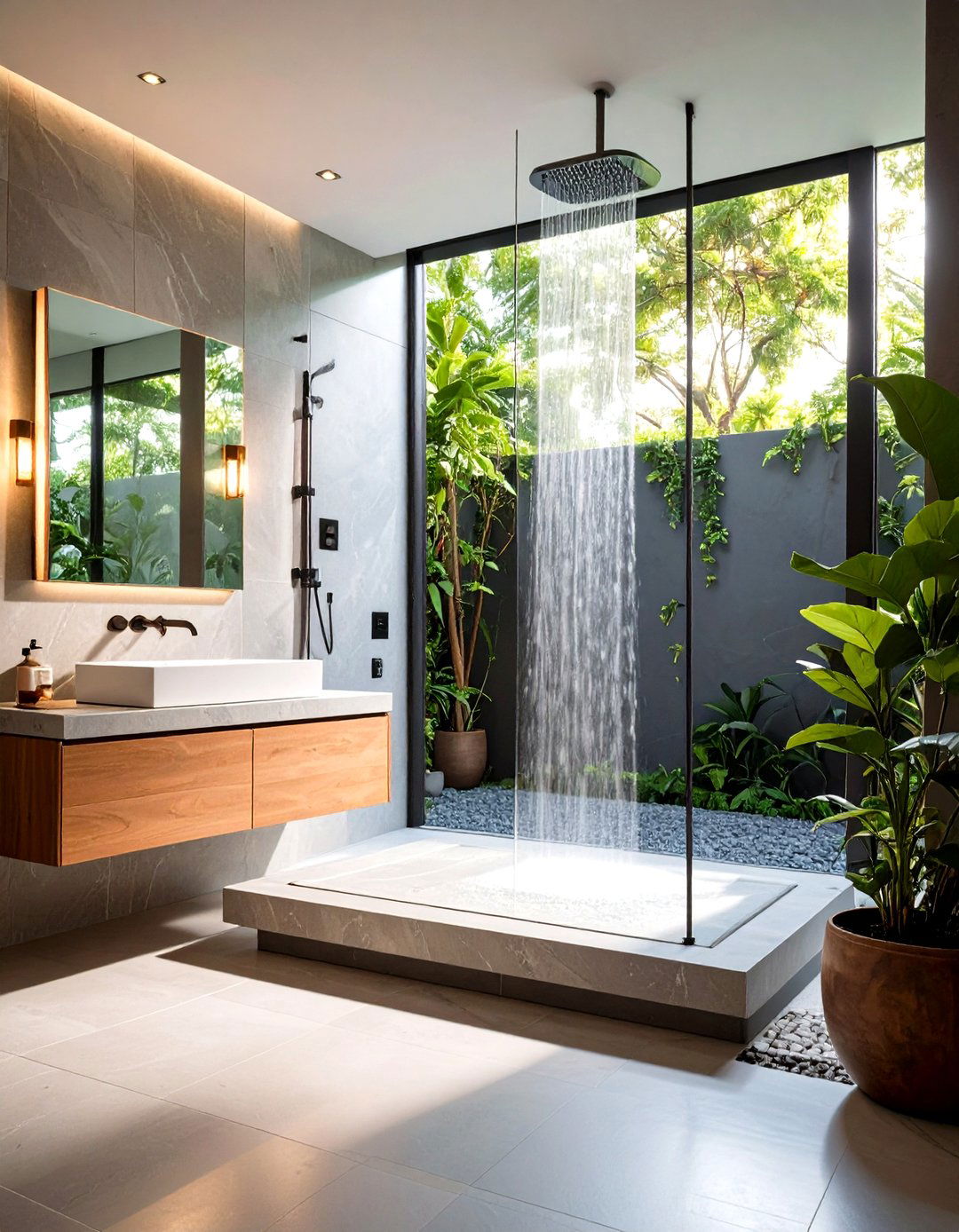
Floating benches appear to hover on the shower wall, providing a minimalist and open feel. Secured with concealed brackets, these benches maintain a clean line and simplify floor cleaning by eliminating legs or bases touching the ground. Materials such as waterproof stone, acrylic, or engineered quartz complement contemporary tile and glass finishes. Because floating designs reduce visual clutter, they work especially well in smaller showers, creating an illusion of more space. When installed correctly, they support up to 250 pounds while ensuring proper slope toward the drain for water runoff.
2. Marble Bench
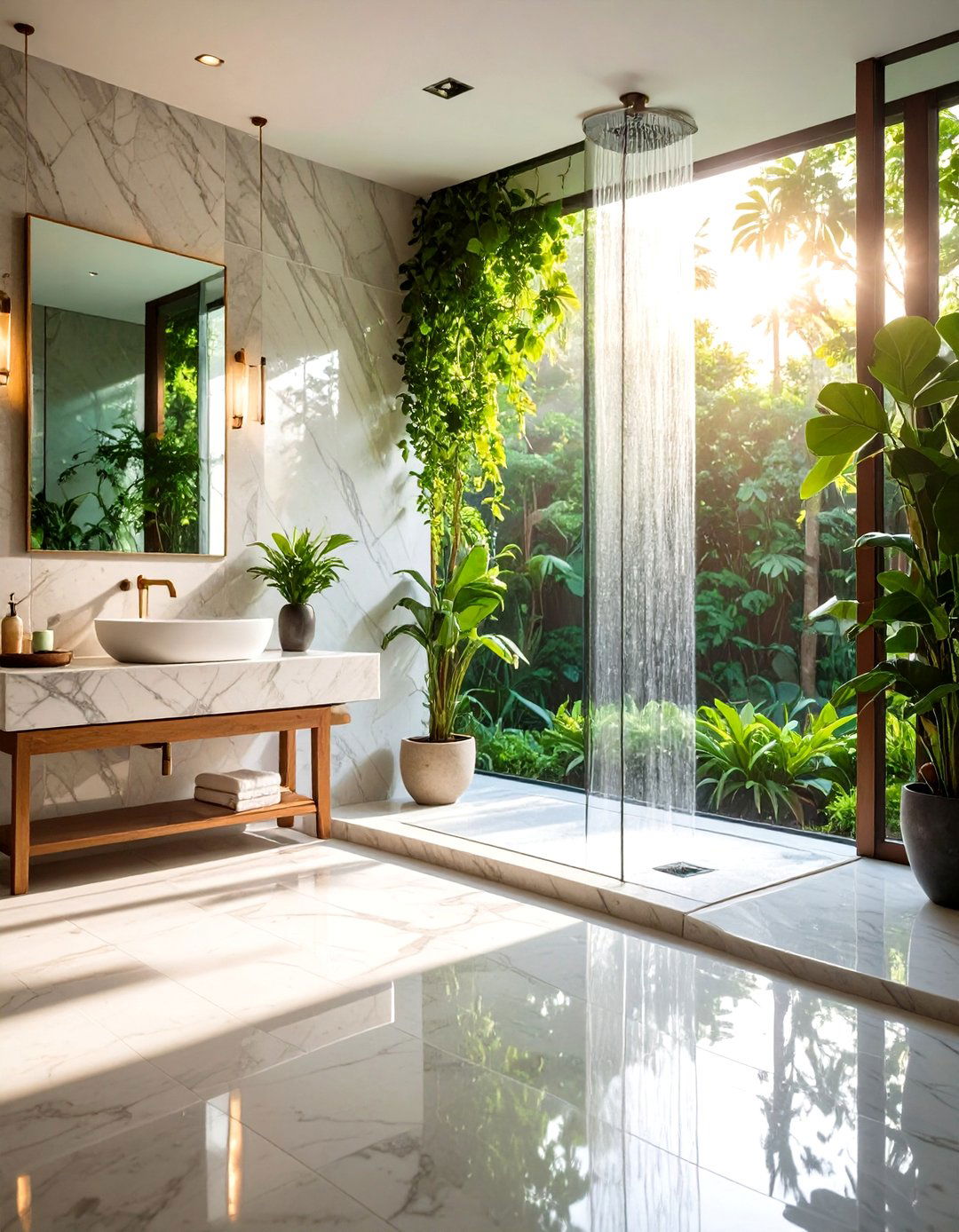
Marble benches exude timeless elegance and pair beautifully with marble-clad walls and floors. Available as built-in slabs or prefabricated units, marble offers durability and resistance to moisture when properly sealed. Its natural veining introduces visual interest, while lighter tones reflect light to brighten the shower space. Maintenance involves periodic resealing to prevent staining, ensuring long-term beauty. For those seeking luxury, marble benches create a serene, hotel-quality ambiance. When matched with recessed niches for toiletries, this design balances form and function, complementing both classic and modern bathroom schemes.
3. Teak Wood Bench
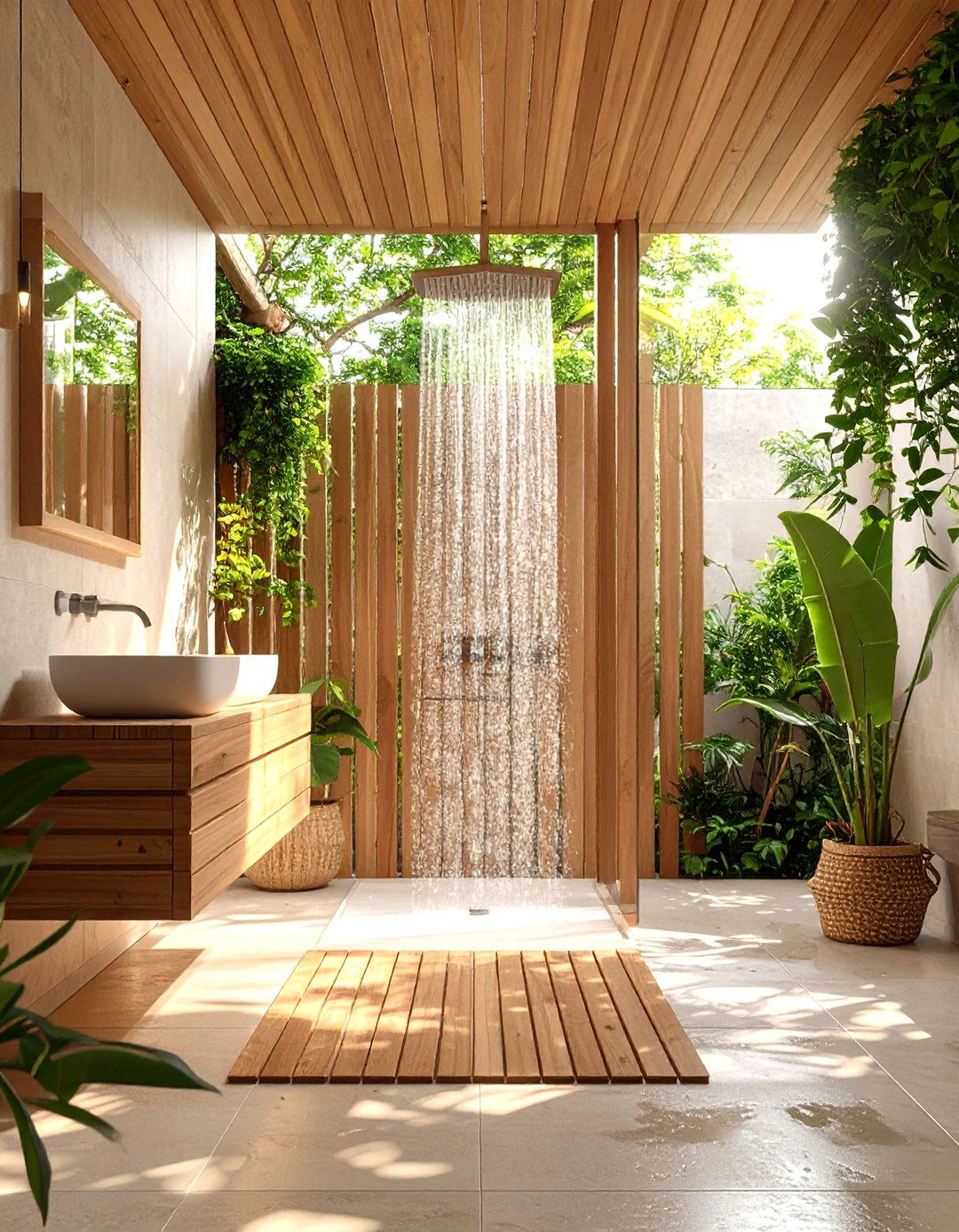
Teak wood benches introduce warmth and organic texture to walk-in showers. Renowned for its natural oils and high density, teak resists rot and mold in wet environments without requiring heavy maintenance. Slatted designs expedite drainage, preventing water pooling, while teak’s honey-toned hues soften the look of tile or stone surrounds. Freestanding teak benches offer flexibility, allowing placement adjustments and easy cleaning underneath. Paired with matte black or brass fixtures, a teak bench bridges rustic and contemporary aesthetics, making it a versatile option for those desiring a spa-like, nature-inspired design.
4. Corner Bench
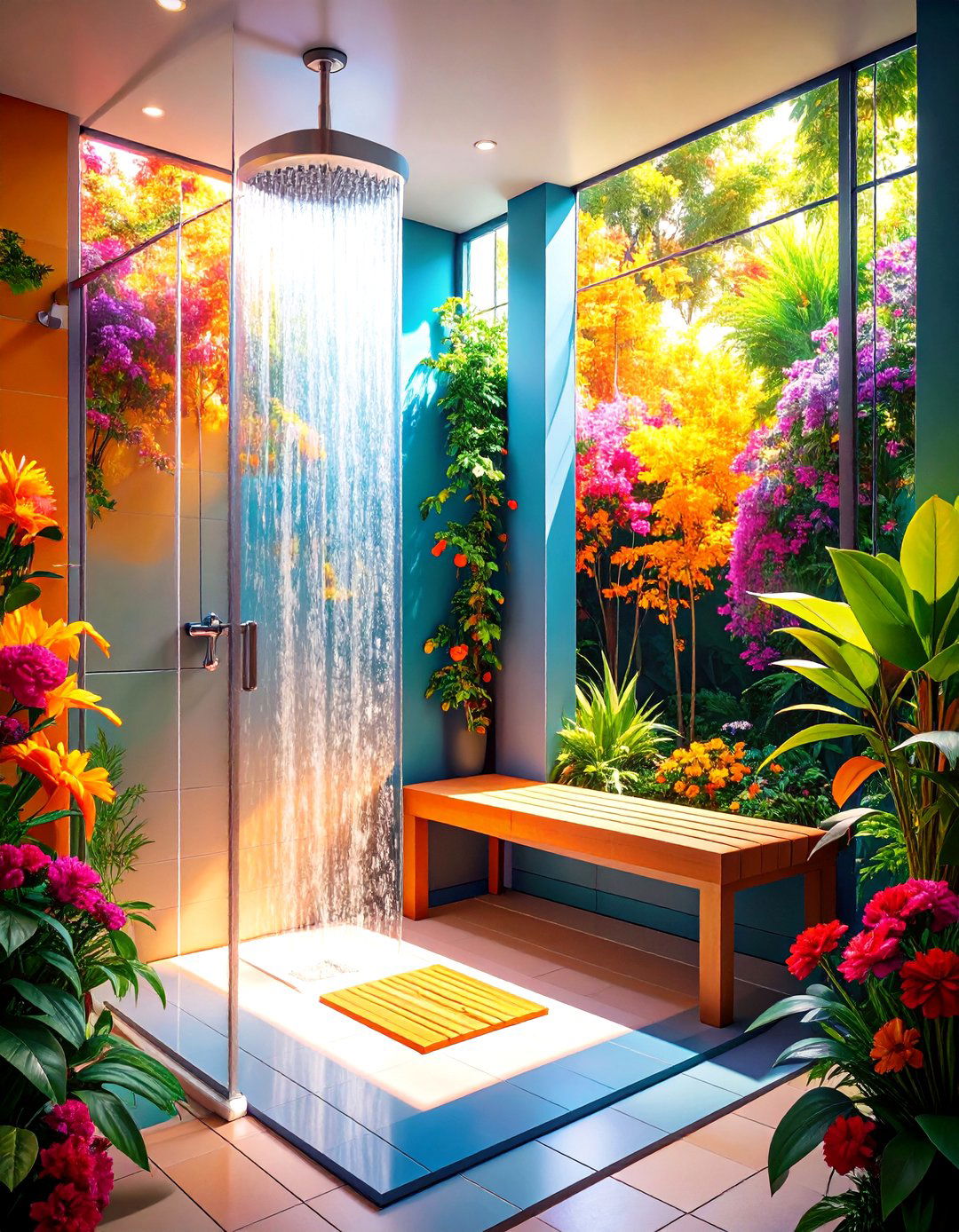
Corner benches make efficient use of otherwise underutilized space, ideal for compact or awkwardly shaped showers. Built into a 45-degree or 90-degree corner, these benches free central floor area and optimize traffic flow. They provide a discreet seating option without obstructing shower controls or water jets. Materials range from matching tile to contrasting natural stone, enabling design flexibility. For ADA compliance, a 12- to 15-inch height is recommended, ensuring comfortable seating for all users. Corner benches enhance accessibility and can double as footrests for easier leg shaving practices.
5. L-Shaped Bench
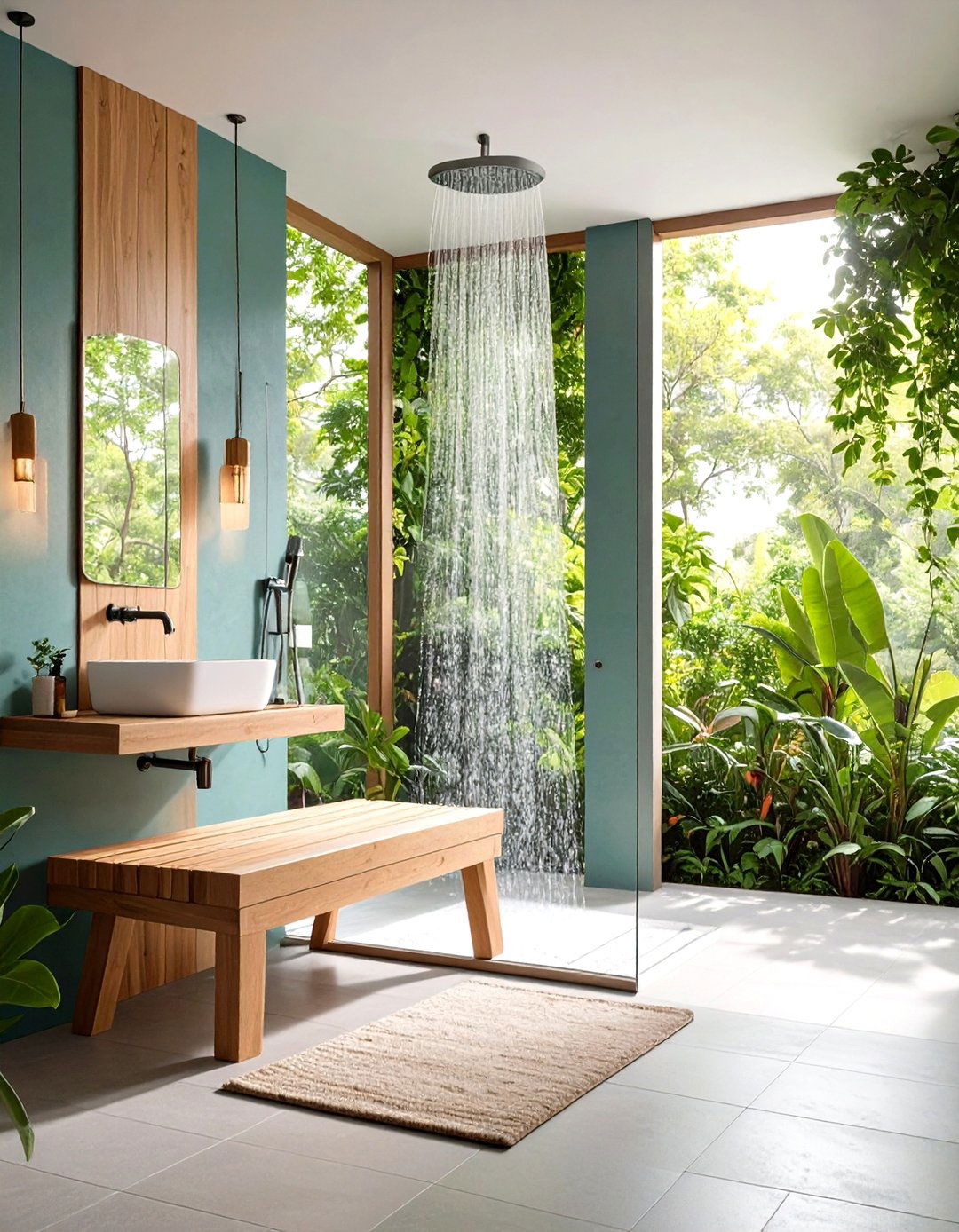
An L-shaped bench spans two walls, offering generous seating and versatile placement. This design supports multiple users and can serve as a ledge for toiletries along one side while providing seating on the other. Constructed as a continuous slab or tiled framing, L-shaped benches accentuate spacious showers and reinforce the room’s geometry. Incorporating niches above the bench maximizes storage without intruding on seating space. For larger walk-in showers, this layout fosters a communal, spa-style environment and works well with dual shower heads for simultaneous use.
6. Curved Bench

Curved benches soften the linearity of typical shower walls, introducing an organic silhouette. Often built with concrete or renderable mortar, they can be tiled to match wall surfaces or finished with natural stone. The gentle arc enhances flow and guides water toward drains, minimizing pooling. A curved bench can be positioned centrally or along a perimeter wall, making it a focal point. Its ergonomic shape offers comfortable seating, while the rounded edges facilitate easy cleaning and reduce sharp corners. This design elevates both style and function in contemporary bathrooms.
7. Built-In Storage Bench
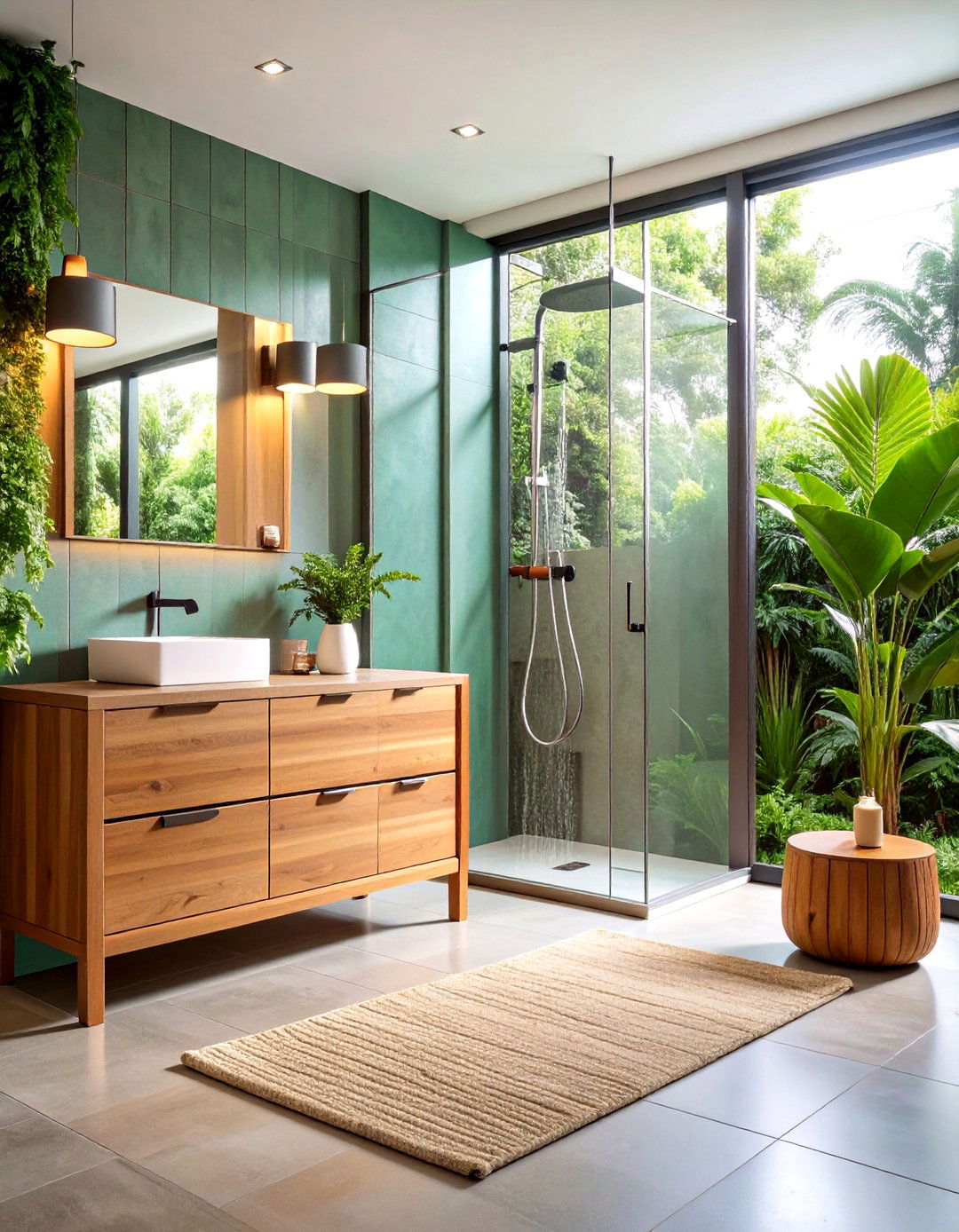
Integrated storage benches combine seating with concealed compartments for towels or toiletries. The bench top doubles as a seat, while hinged lids or sliding doors reveal storage space. Finished in moisture-resistant cabinetry materials or tiled to match the shower, these benches keep essentials within arm’s reach. Thoughtful organization prevents clutter on the shower floor. Ventilation slots or slatted openings ensure air circulation, reducing mildew risk. For families, a built-in storage bench streamlines routines, maintaining a tidy, hotel-like bathroom environment.
8. Bench with Niches
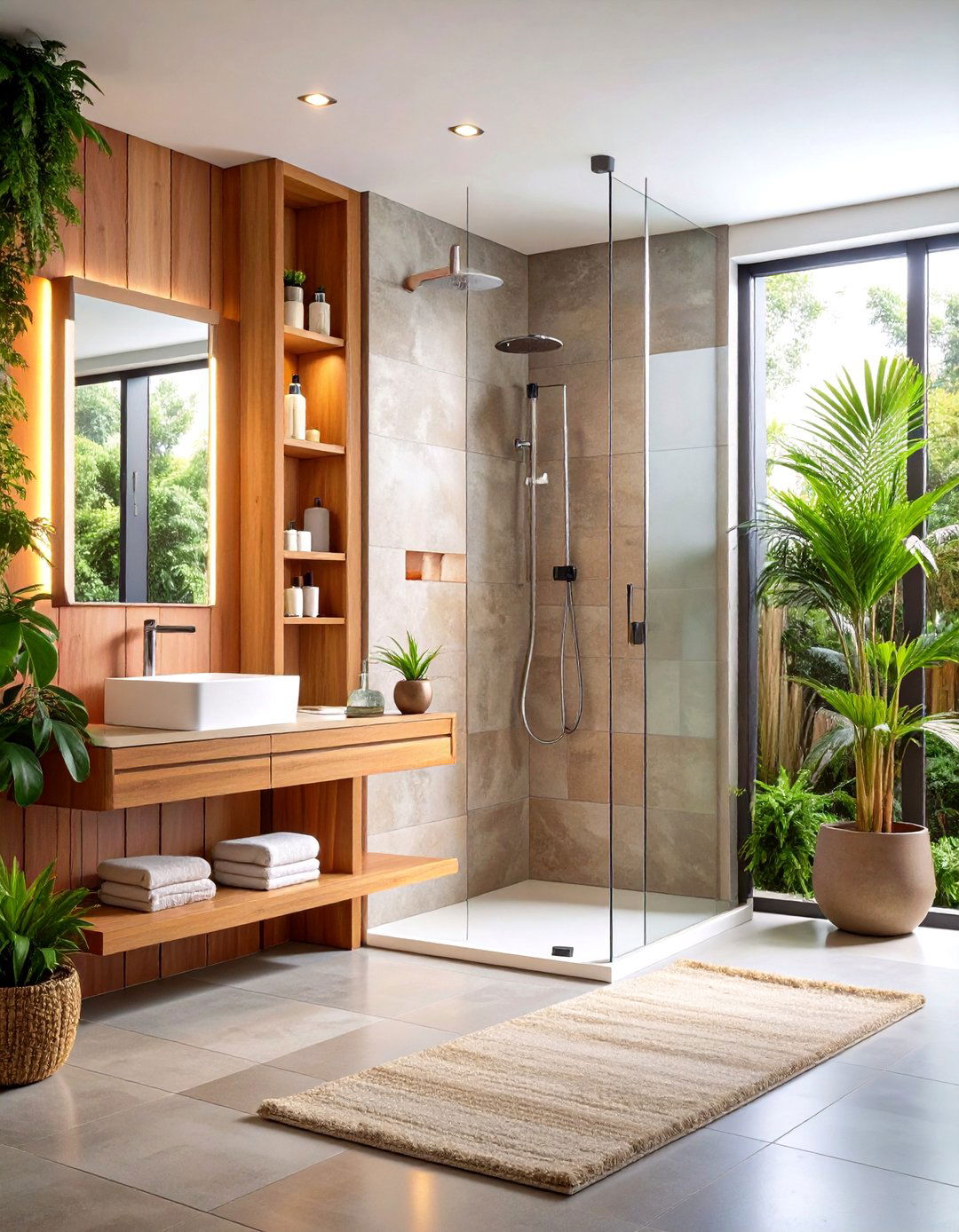
Adding niches above or within a bench merges storage and seating seamlessly. Vertical niches allow shampoo and soap bottles to rest at elbow height when seated, while horizontal niches beneath the bench can hold towels. Lined with waterproof backing and finished in coordinating tile, niches protect the wall cavity. Illuminated niches add ambiance, making the bench area a focal point. Height variations accommodate different products and ergonomic needs. This integrated solution keeps the shower organized without separate shelving units, preserving a streamlined aesthetic.
9. Tiled Bench
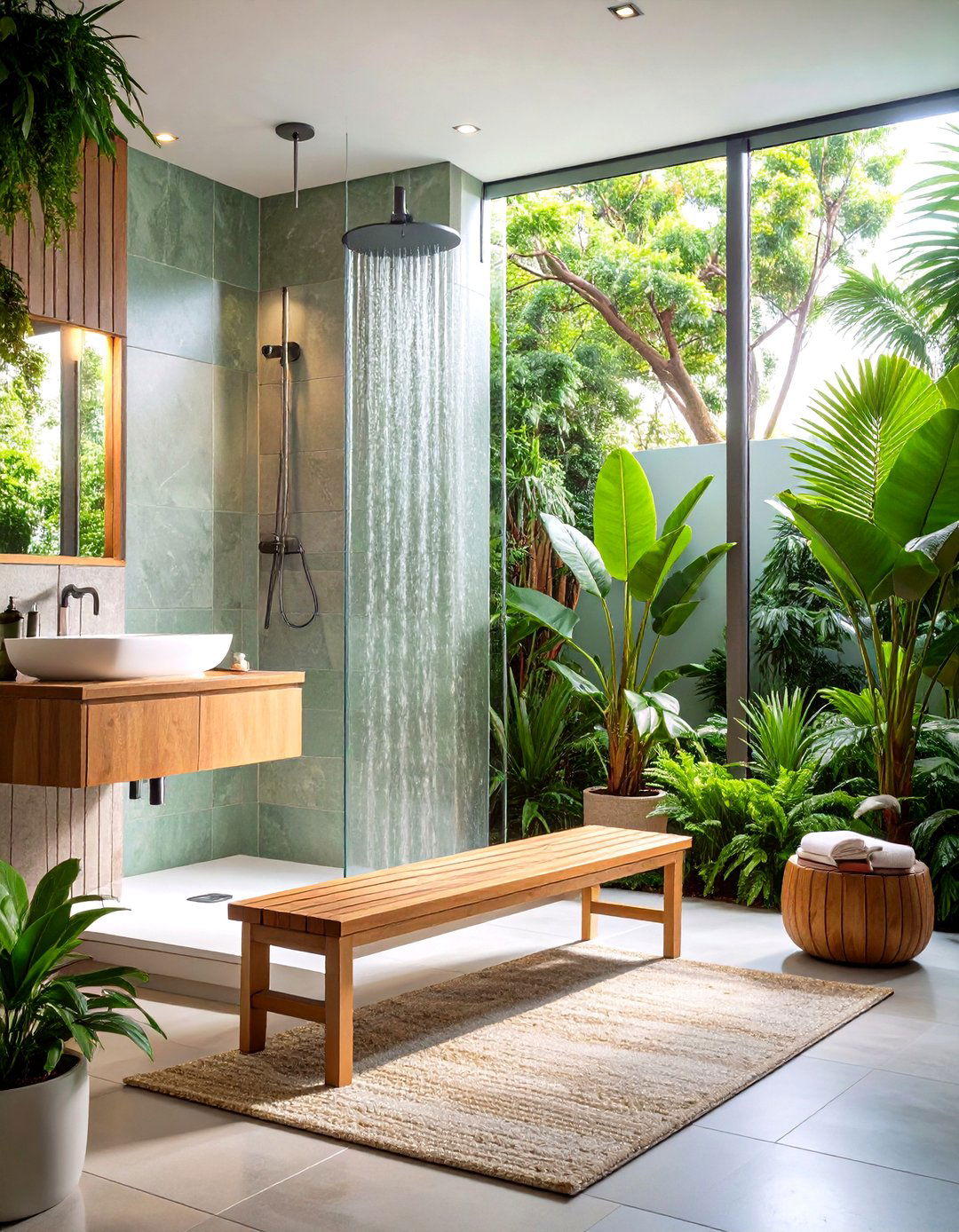
Tiled benches offer complete design cohesion by matching the shower’s wall or floor tiles. From large-format porcelain to intricate mosaic, tiles can cover the bench surface, sides, and underside for a monolithic look. Grout lines add subtle texture and grip, enhancing safety. Tiling over a waterproofed mortar base ensures durability. Whether opting for a contrasting accent color or a seamless continuation of the main tile, a tiled bench integrates with the shower’s overall palette. This approach simplifies material sourcing and installation while maintaining visual harmony.
10. Waterproof Upholstered Bench
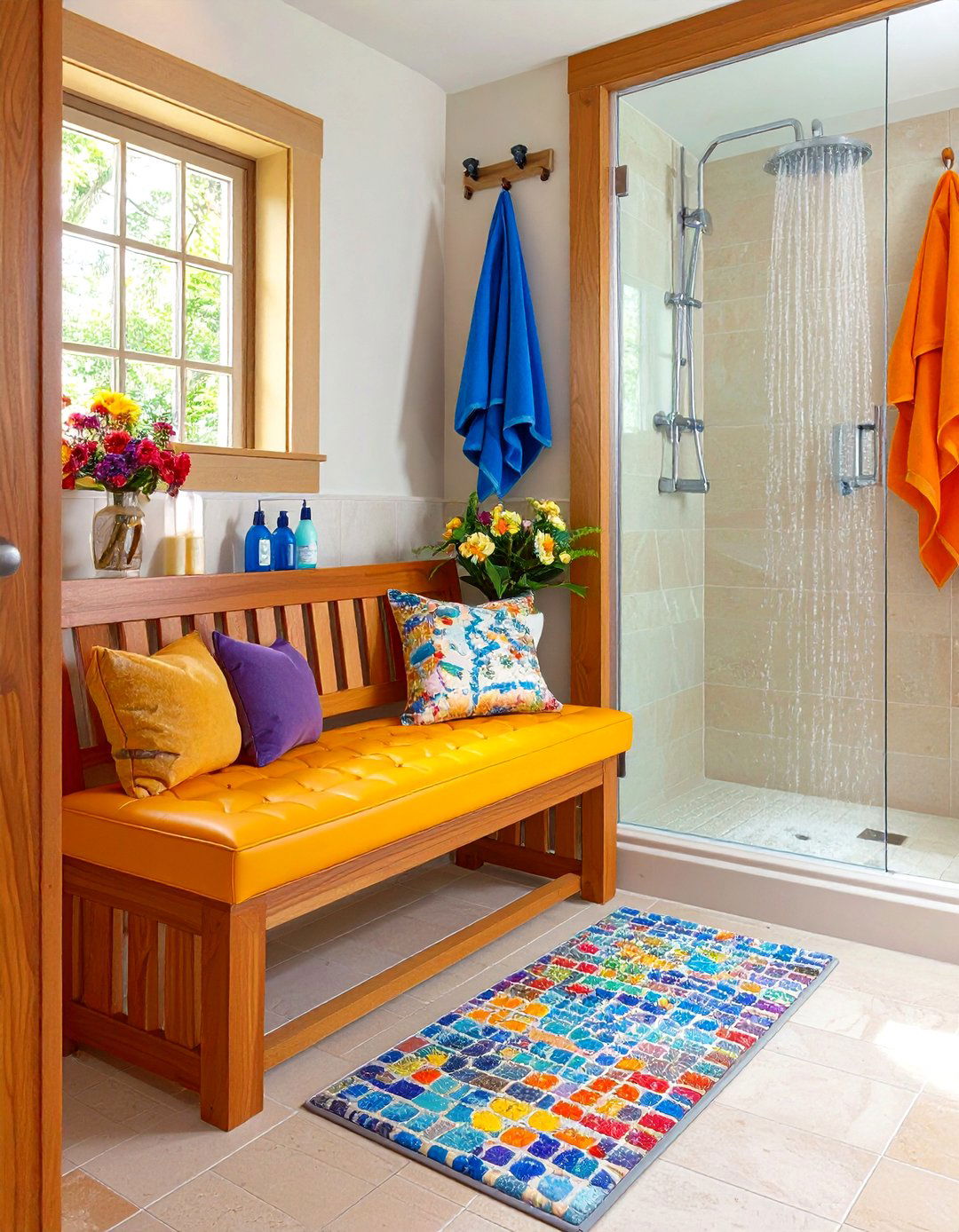
For a touch of softness, waterproof upholstery—such as marine-grade vinyl or neoprene—can cover bench tops. These materials resist moisture and mildew while providing cushioned comfort. Upholstered benches often feature quick-drain bases or removable cushions for cleaning. Paired with sleek metal or stone bases, they introduce a modern twist. Waterproof upholstery works best in excess-drainage scenarios; ensure bench slope directs water away. This design softens hard surfaces, adding a spa-benefit for those who appreciate plush seating during extended soak-in-shower experiences.
11. Bench with Grab Bars
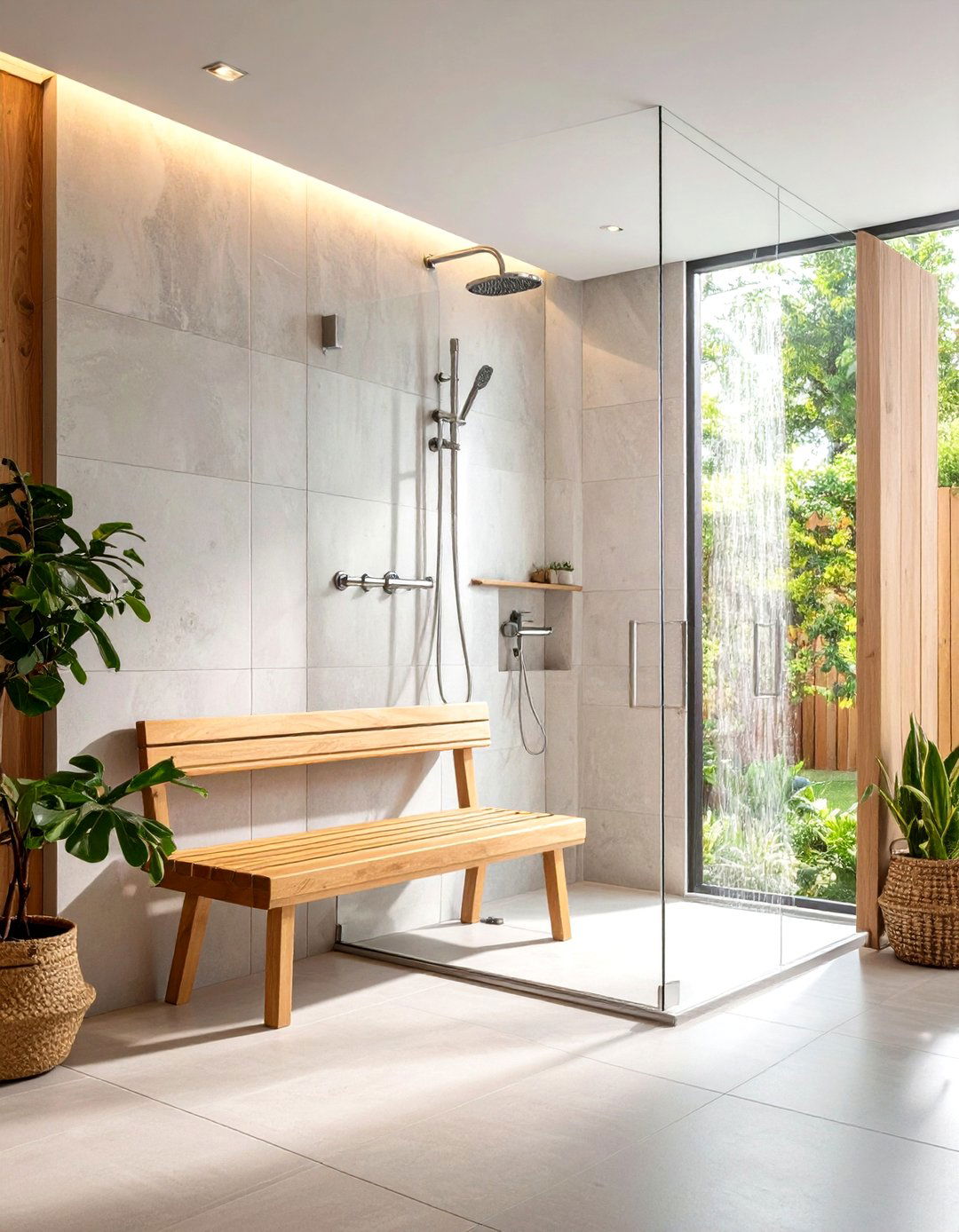
Integrating grab bars into bench designs enhances safety, particularly for users with mobility challenges. Stainless steel or brass bars can be mounted to the wall adjacent to the bench, or brackets can extend from the bench itself. ADA recommendations suggest bars at 33 to 36 inches above the floor, supporting up to 250 pounds. Coordinating finishes tie grab bars into the overall hardware aesthetic. This combination of seating and support transforms a walk-in shower into an accessible, elder-friendly space without compromising on style.
12. Bench with LED Lighting
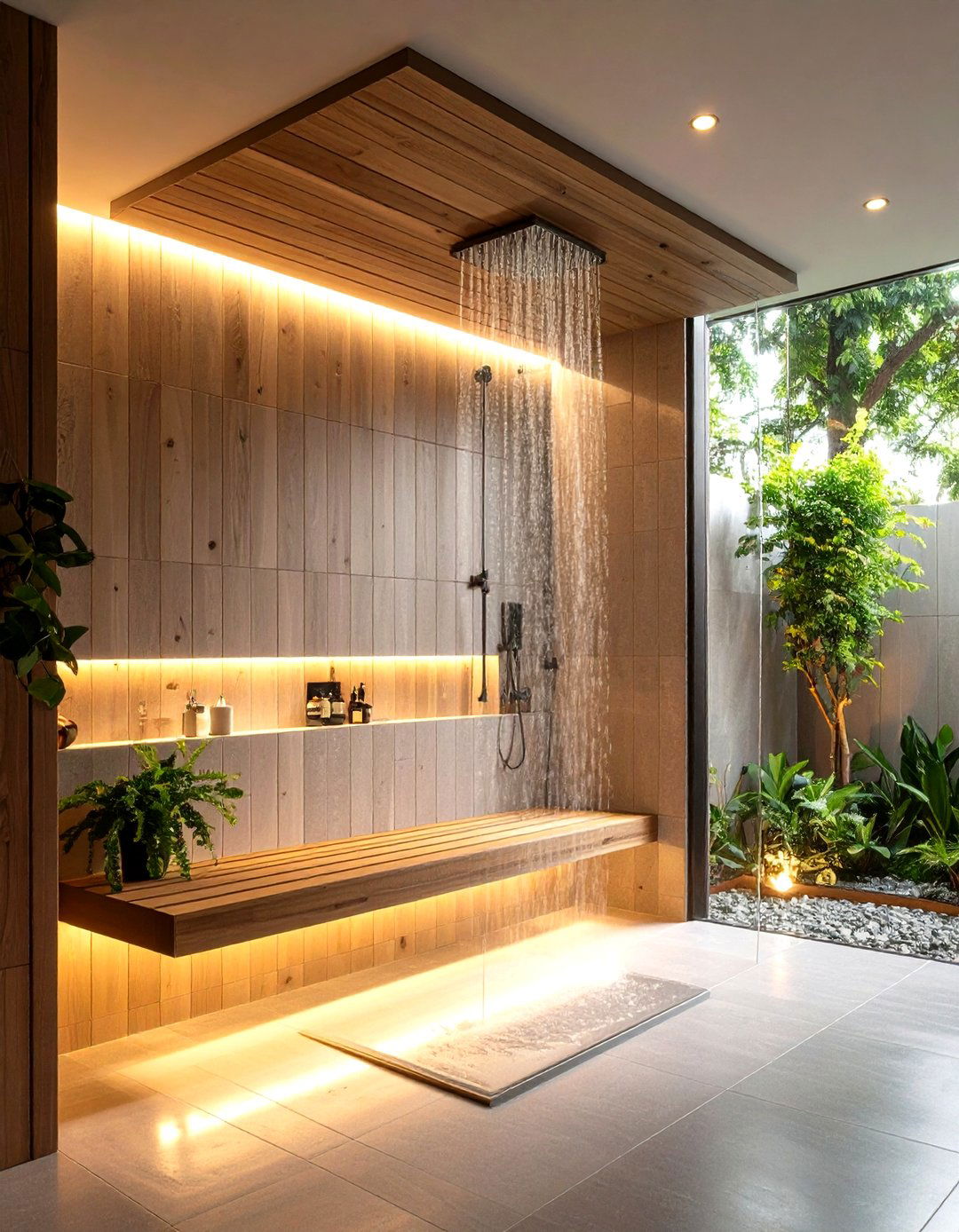
Under-bench or in-bench LED lighting adds drama and safety, illuminating the shower floor without glare. Waterproof LED strips installed beneath the bench create a floating effect, while recessed chips within a niche bench outline seating contours. Choose cool or warm tones to complement tile colors. Wiring must be concealed within waterproof junction boxes with appropriate IP ratings. LED lighting transforms benches into ambient focal points, enhancing relaxation and providing subtle guidance during nighttime showers.
13. Heated Bench
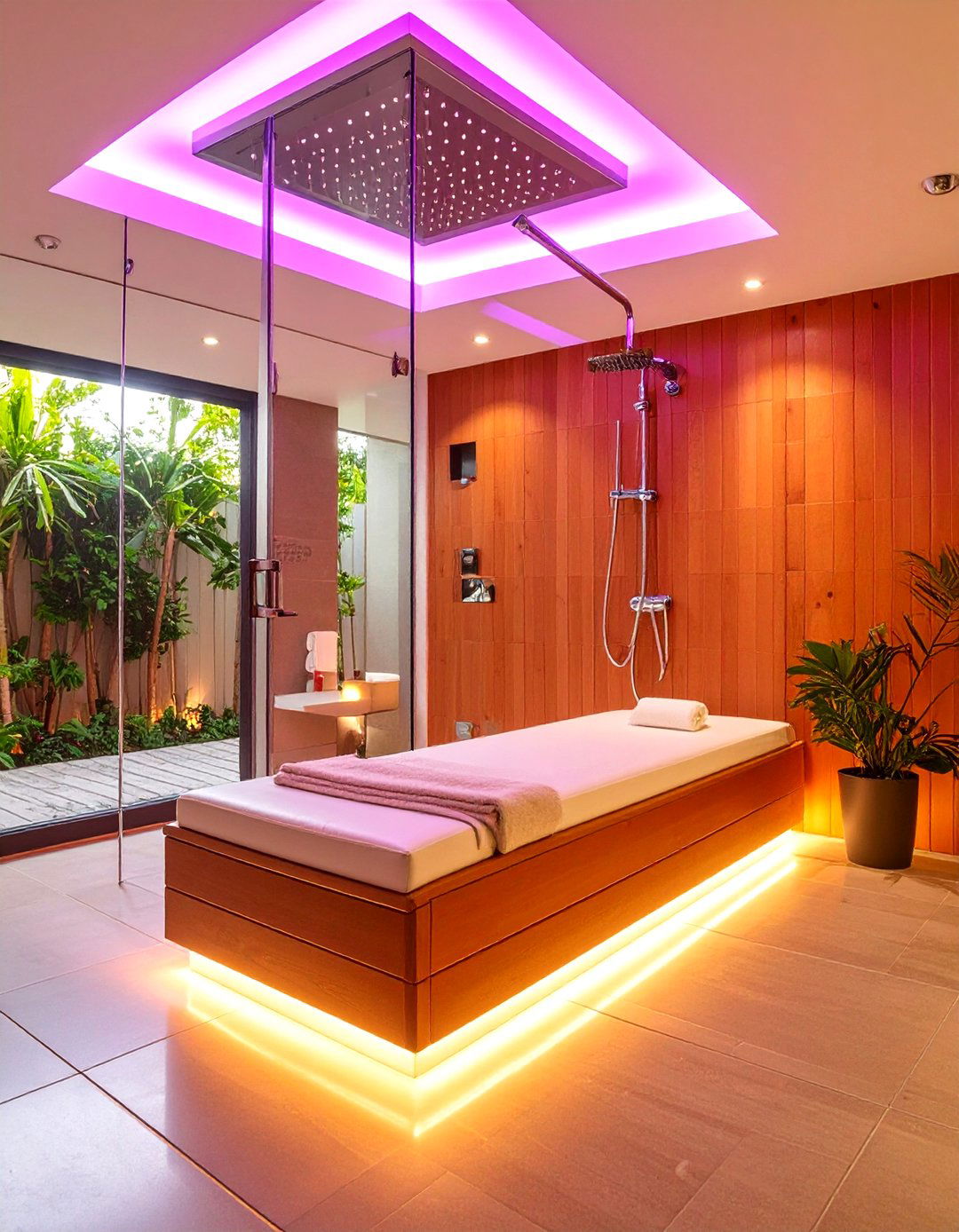
Incorporating radiant heating beneath a bench ensures a warm seating surface, ideal for colder climates or post-shower relaxation. Hydronic or electric heating mats are installed under tile or stone benches, regulated by thermostats to maintain safe temperatures. Heated benches require waterproof membrane layers and proper insulation beneath to direct warmth upward. This luxurious feature elevates a bathroom’s comfort level, offering spa-like warmth and aiding muscle relaxation after strenuous activities.
14. Glass Bench
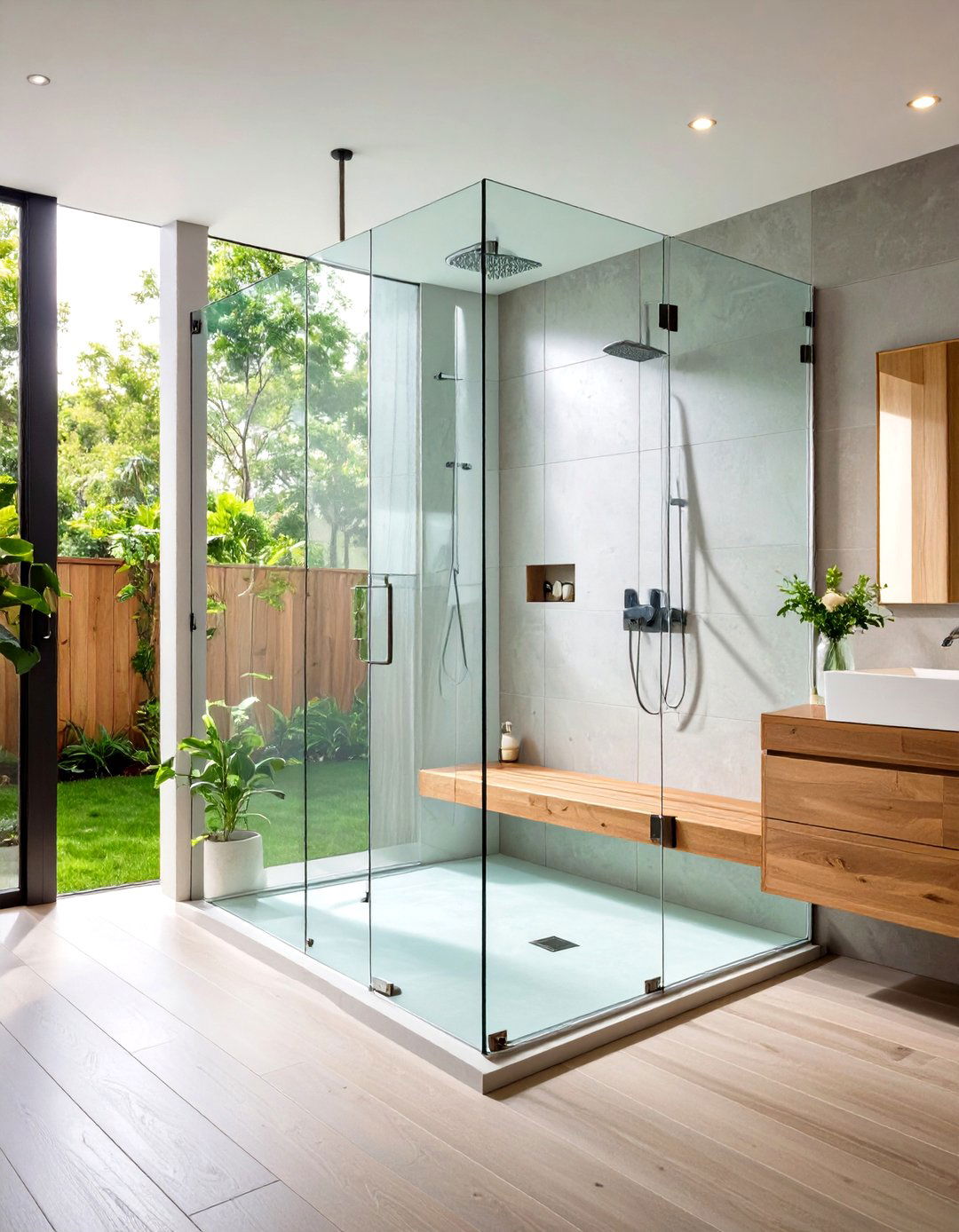
Tempered glass benches create a striking, translucent feature that doubles as art. Supported by metal brackets, glass benches resist staining and provide an open, airy feel. Frosted or patterned glass adds privacy and grip, while polished edges ensure safety. Glass merges well with frameless shower enclosures, reinforcing minimalist design schemes. Although requiring careful installation to meet load ratings, glass benches are a bold statement piece that complements modern, high-end bathrooms.
15. Bench with Planter
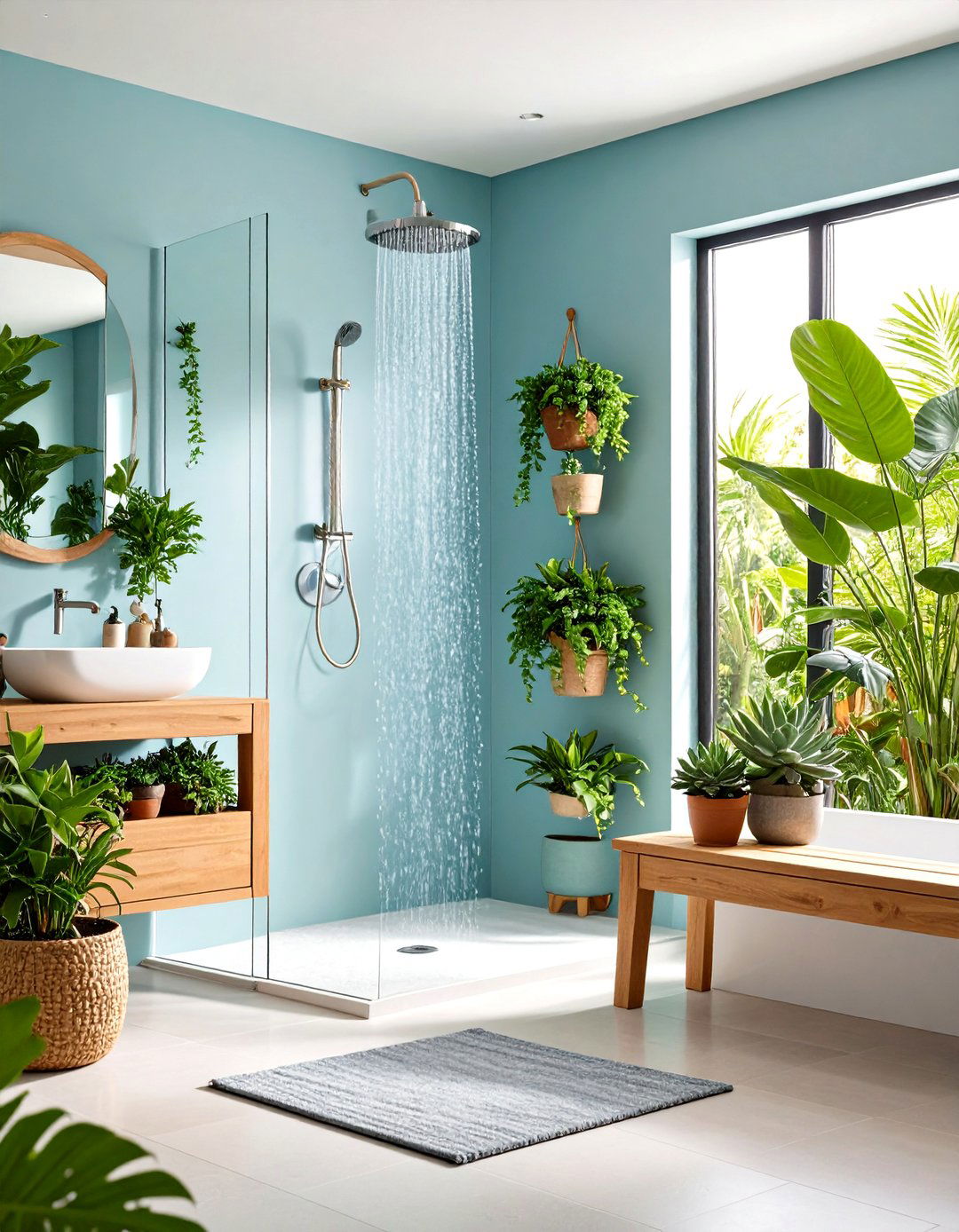
Integrating a small planter next to or within a bench introduces greenery, enhancing wellness and air quality. Waterproof pots recessed into the bench top hold succulents or ferns, which thrive in humid shower conditions. Ensure proper drainage away from seating areas and consider slip-resistant finishes. Living elements soften hard surfaces, create a biophilic connection, and transform the shower into a verdant oasis. Choose low-maintenance plants and easy-access pot designs for effortless care.
16. Bench with Accent Tile Pattern

Highlight a bench by featuring bold accent tiles—such as Moroccan zellige or geometric ceramics—distinct from the main shower field. Surrounding these tiles with a neutral palette ensures the bench becomes a focal point. Accent patterns can wrap the bench front and top, creating a cohesive look. Coordinate grout colors to enhance the design. Accent benches personalize the space and infuse personality into otherwise subdued showers, reflecting the homeowner’s style.
17. Bench with Contrasting Material
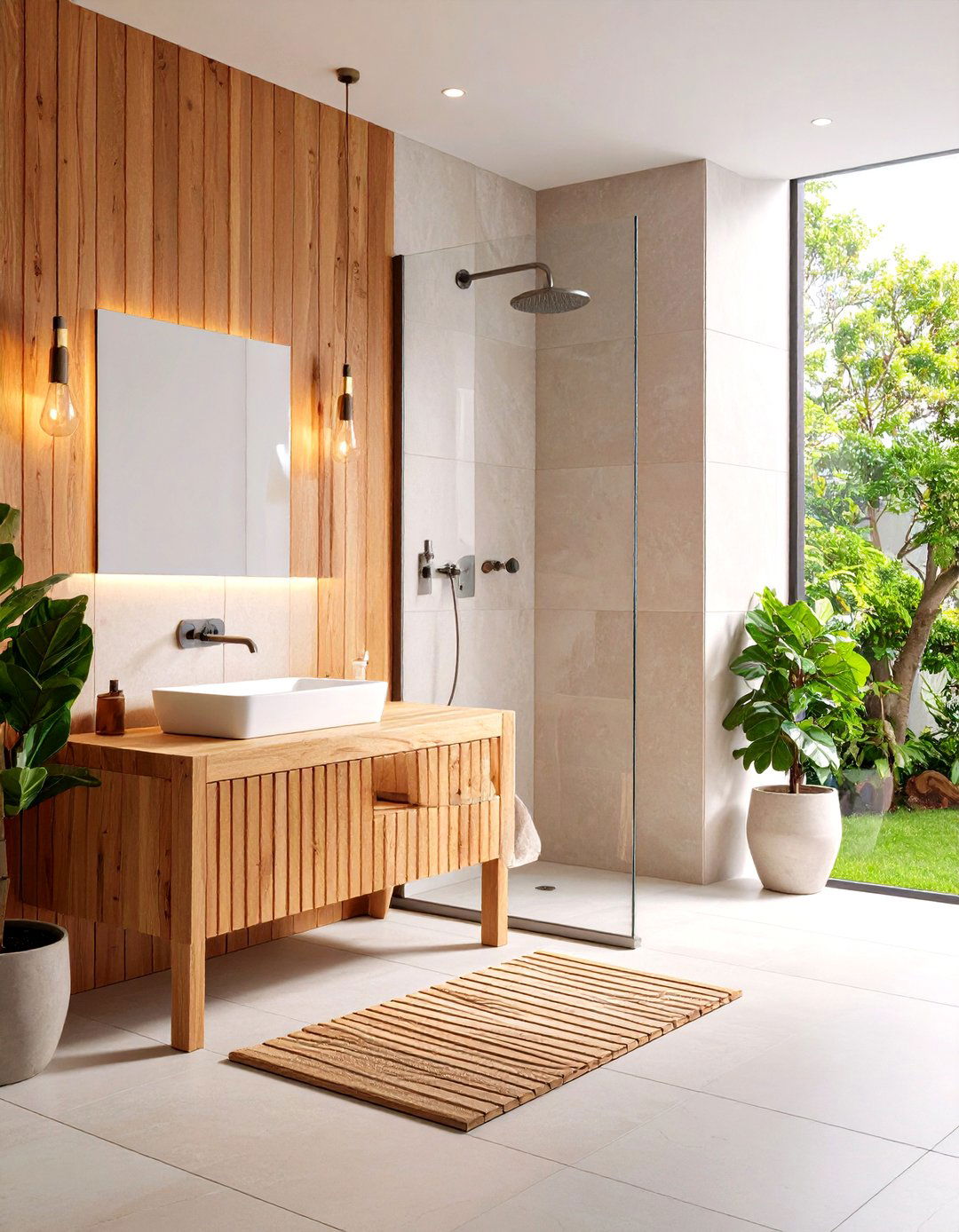
Juxtapose materials—like pairing a natural wood bench with sleek porcelain walls or a concrete bench with marble tile—to create visual tension. Contrasting textures and colors highlight the bench as a design feature. Ensure all materials are sealed and rated for wet environments. This approach emphasizes craftsmanship, celebrating the interplay of rough and refined finishes. Contrasting benches anchor the design, balancing bold and subtle elements for a sophisticated, layered look.
18. Bench with Faucet Niche

Position a faucet niche above the bench for easy access to water without bending or reaching. The niche houses controls and spouts flush with the wall, streamlining the shower’s footprint. Stainless or brass trim kits can frame the niche, coordinating with bench material. This configuration suits seating-focused showers, where users can enjoy hand-held sprays or waterfall heads while seated. Faucet niches minimize protruding hardware, maintaining a sleek profile.
19. Bench with Backrest
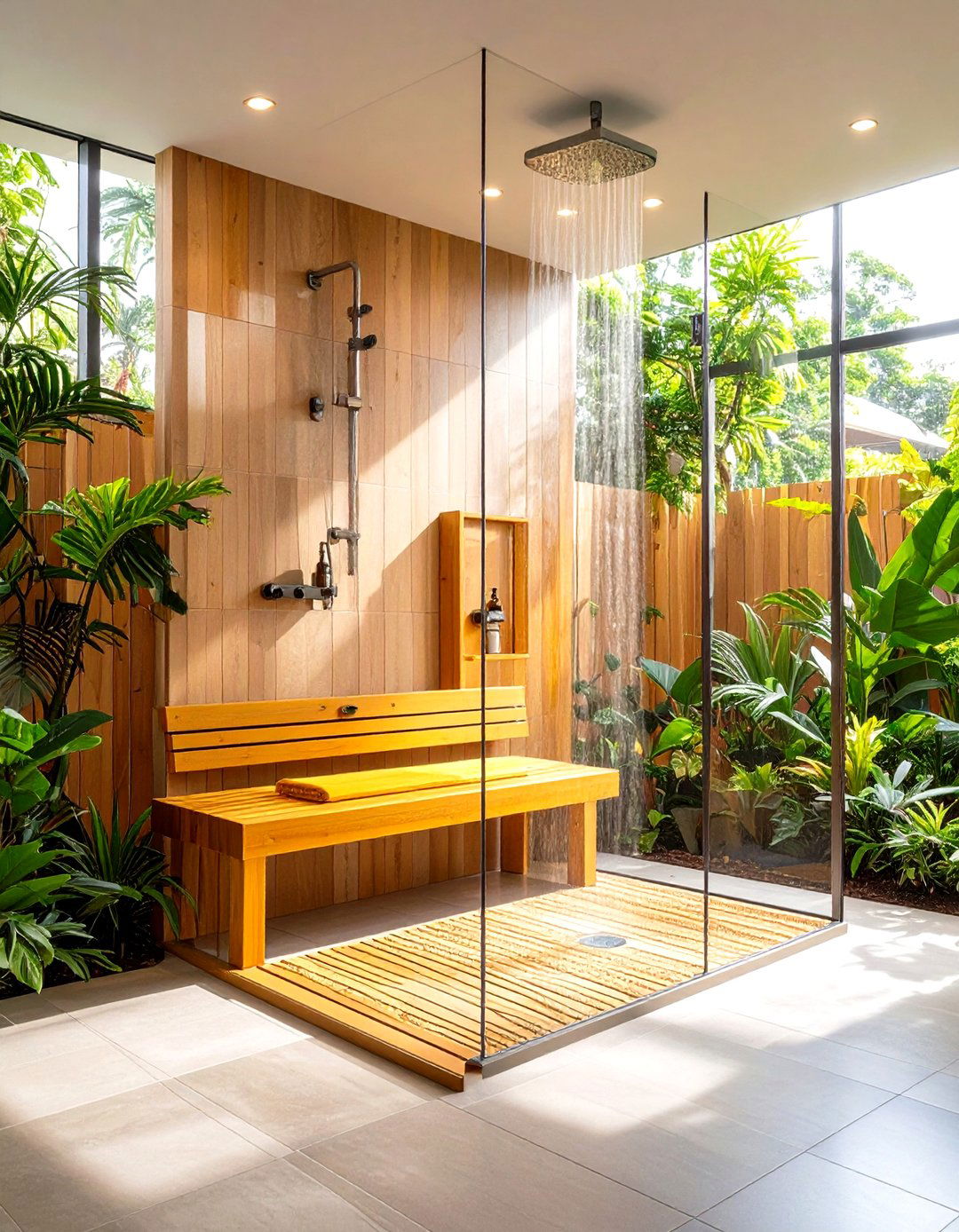
Adding a backrest improves ergonomic support for long seating periods. Backrests can be tiled or upholstered to match or contrast the bench. Ideal for steam showers or benches located under low eaves, backrests prevent water from dripping directly onto the back. A slightly reclined angle enhances comfort. Integrate waterproof cushions for added luxury, ensuring materials are mildew-resistant. This design emphasizes wellness, creating a sanctuary for relaxation and hydrotherapy.
20. Bench with Integrated Steam Feature
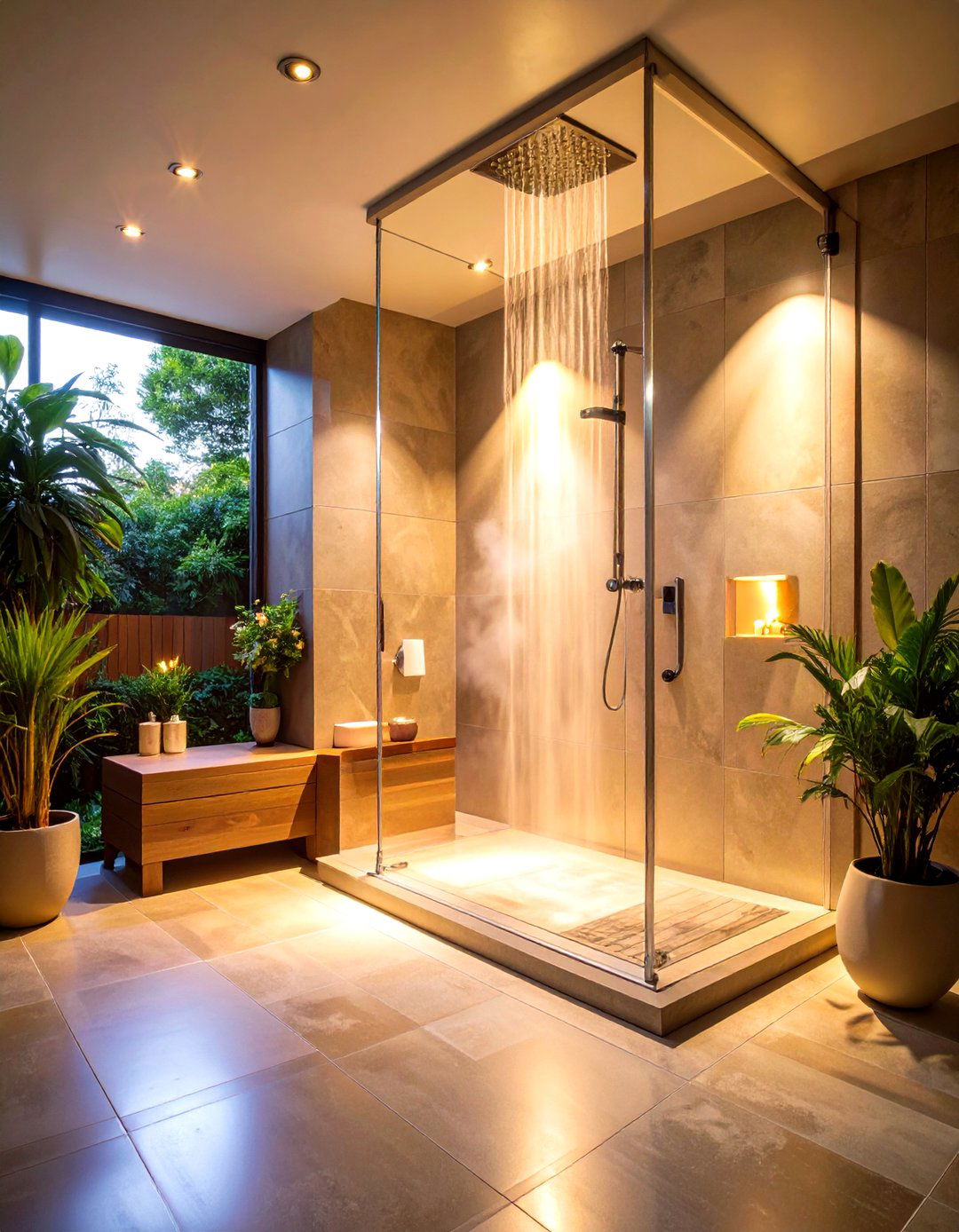
Combine bench seating with steam functionality for home spa experiences. Steam nozzles positioned near the bench disperse vapor at optimal height, enveloping seated users. Steam-rated benches withstand constant moisture and heat; materials like tile or natural stone are preferred. Incorporate waterproof lighting and sound systems for multi-sensory wellness rituals. Controls placed within arm’s reach ensure ease of use. A steam-integrated bench transforms walk-in showers into immersive steam rooms, promoting relaxation and health benefits.
Conclusion:
Walk-in showers with benches offer a blend of elegance, comfort, and accessibility, transforming daily routines into rejuvenating experiences. From floating and marble options to teak wood and glass designs, each bench style caters to specific aesthetic and practical needs. Features like built-in storage, LED lighting, heating, and steam integration enhance functionality, while contrasting materials and accent tiles personalize the space. Thoughtful incorporation of grab bars, backrests, and niches ensures safety and convenience. By selecting the right bench design, homeowners can create a stylish, spa-like environment that elevates both the form and function of their bathrooms.



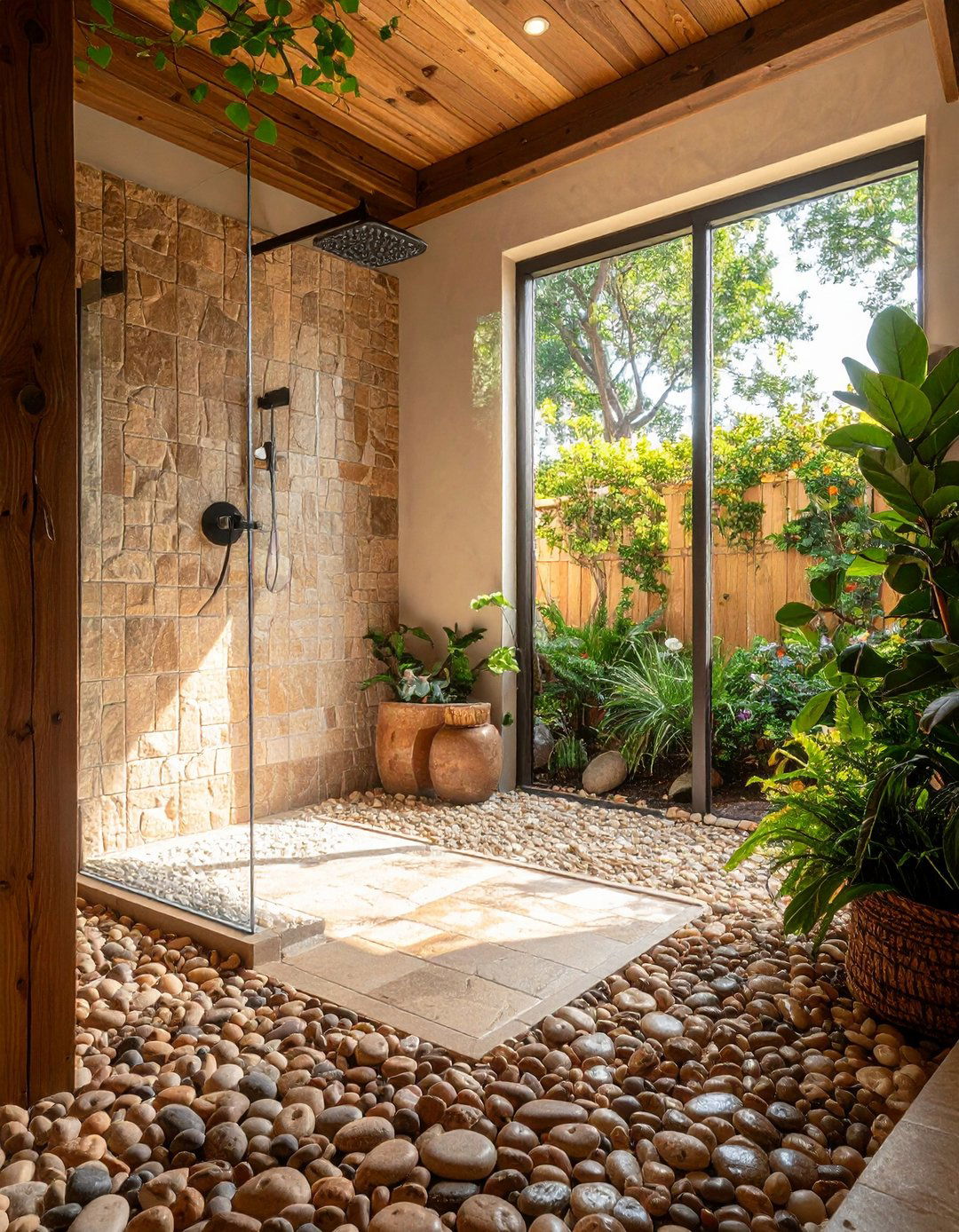
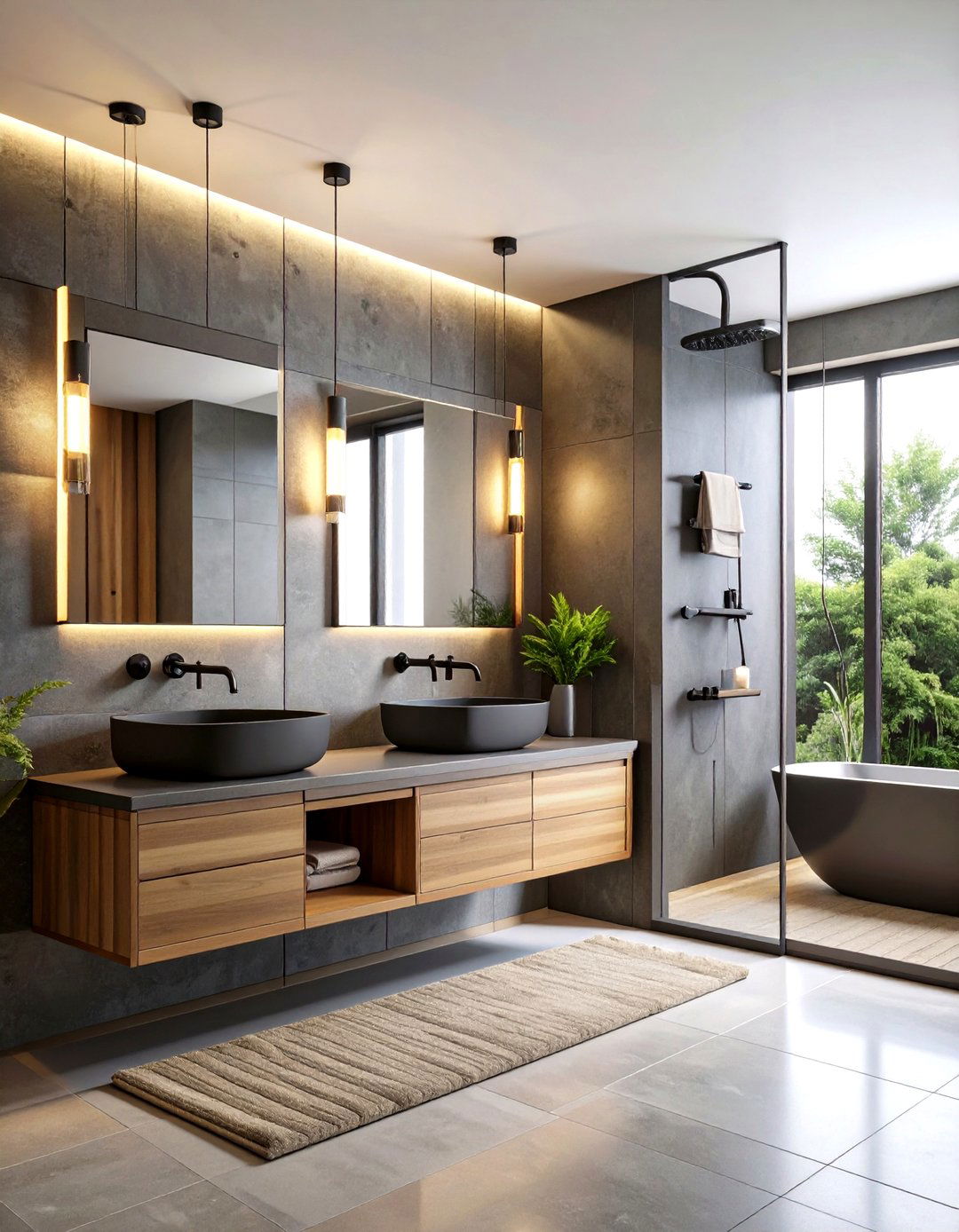
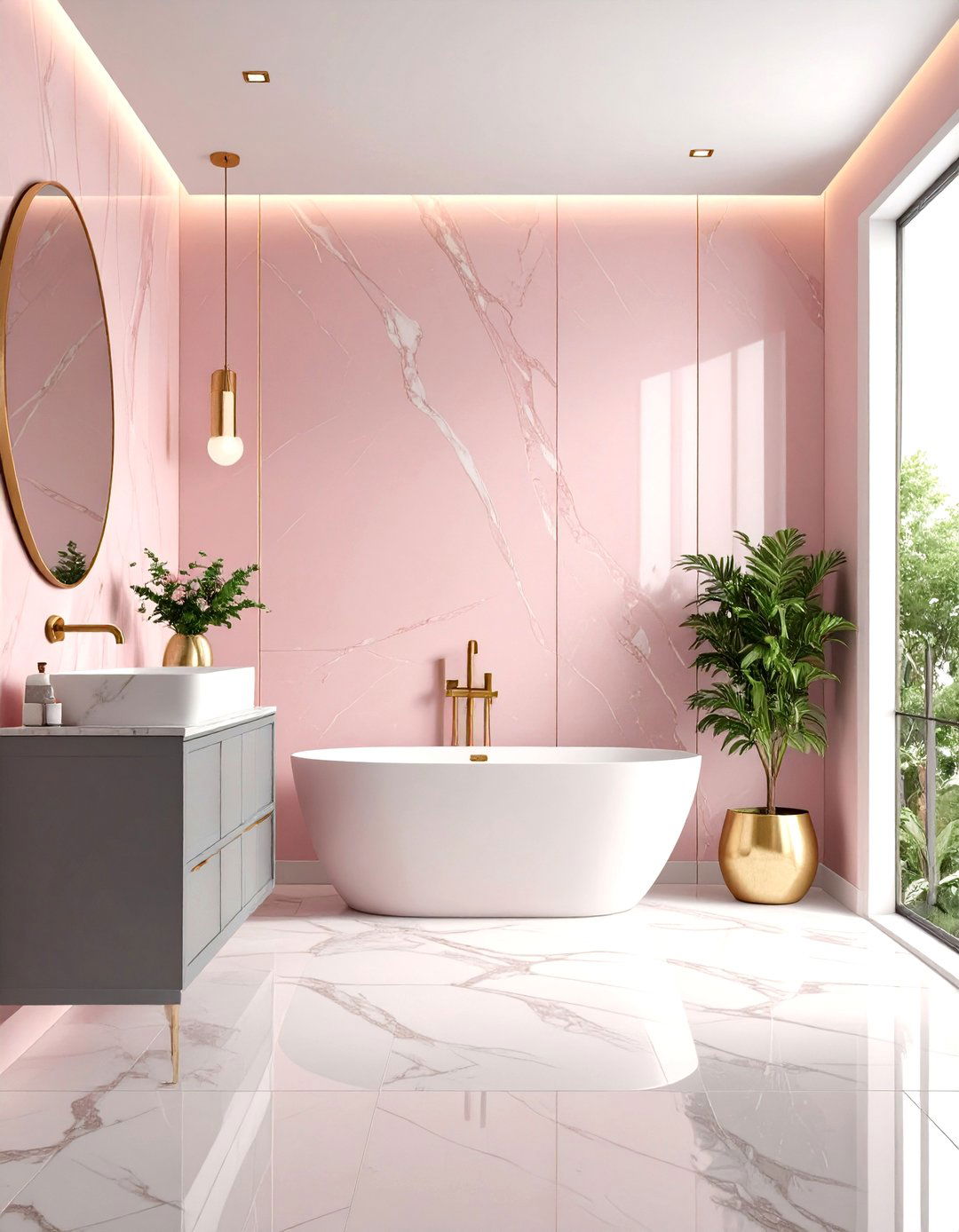
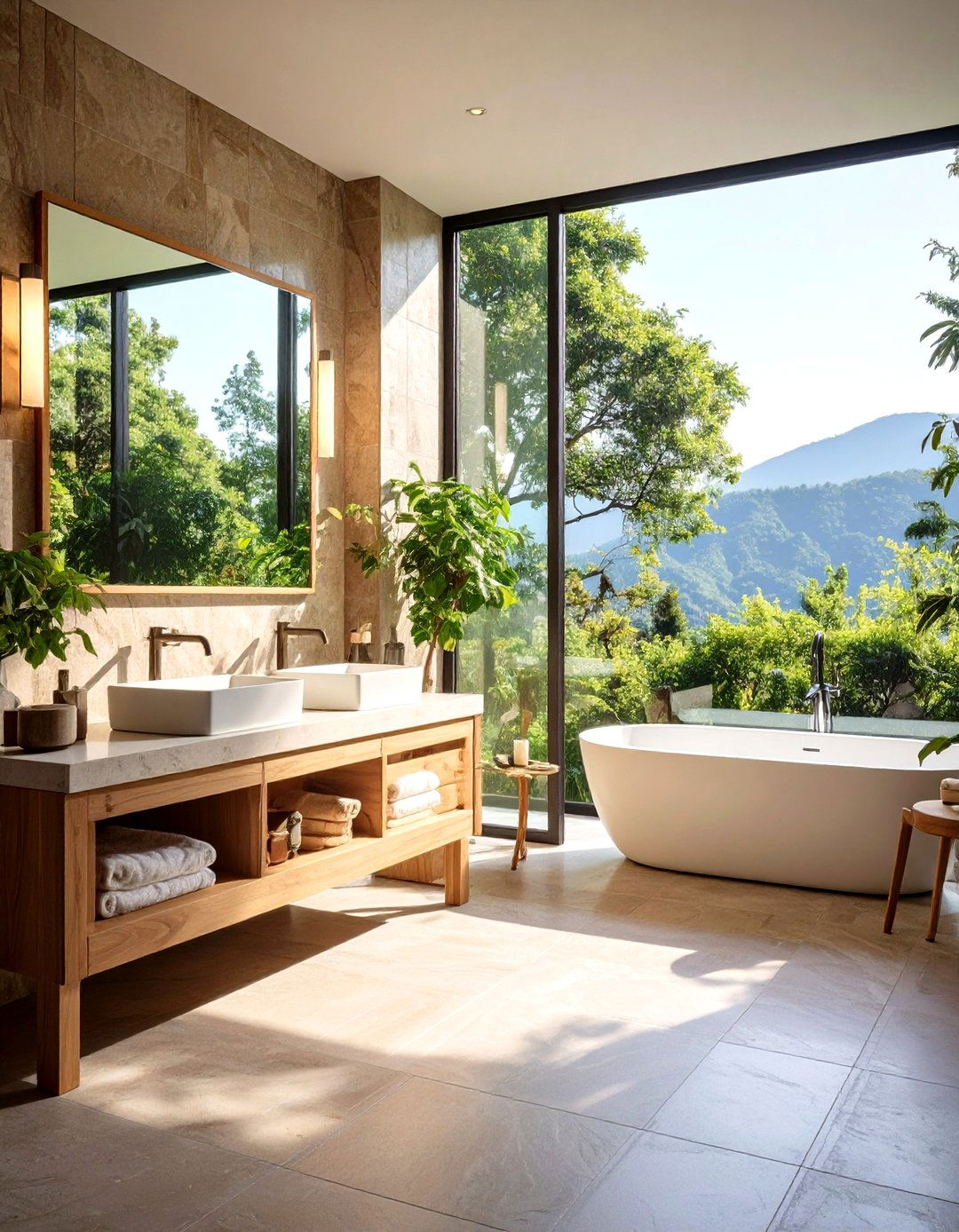
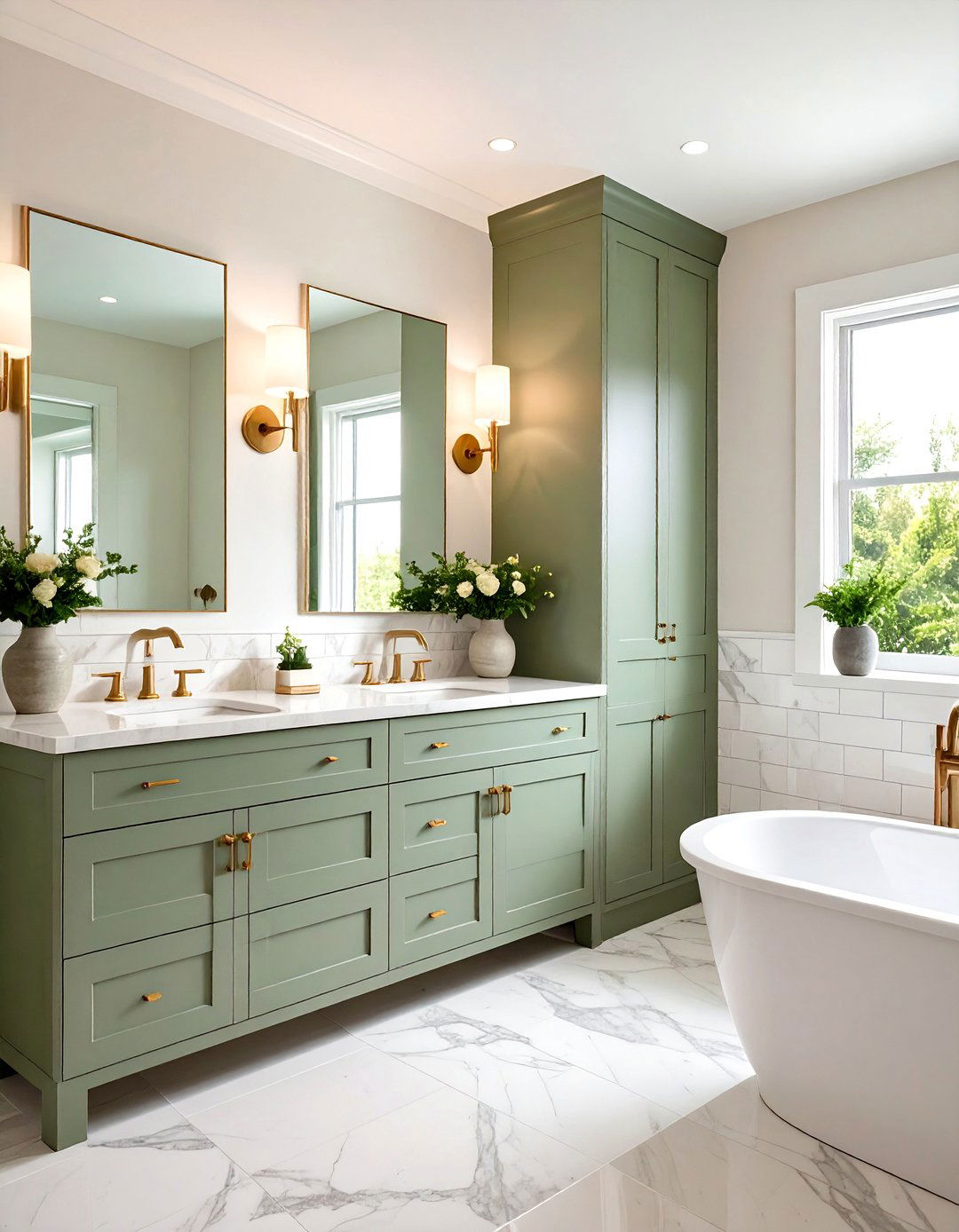
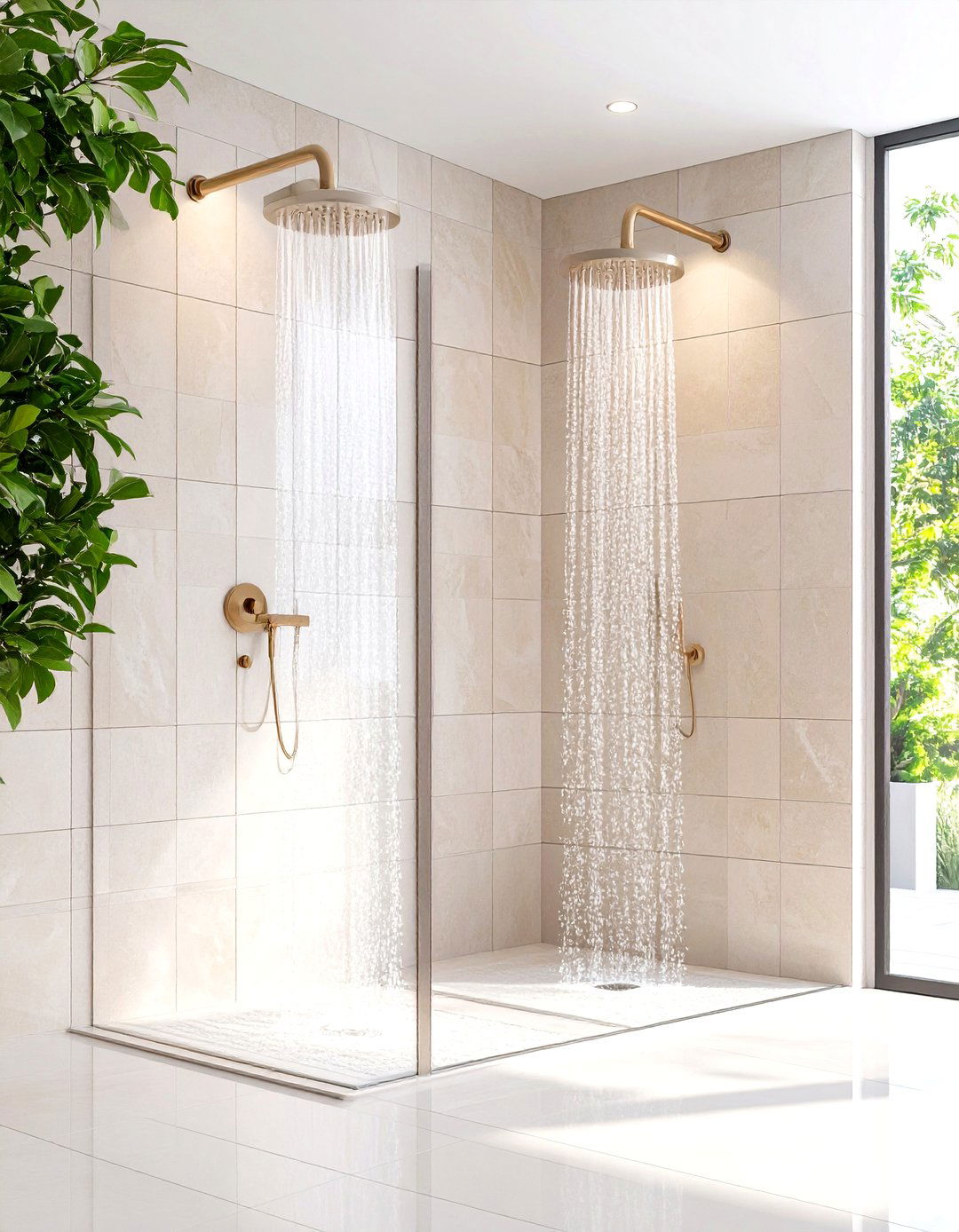
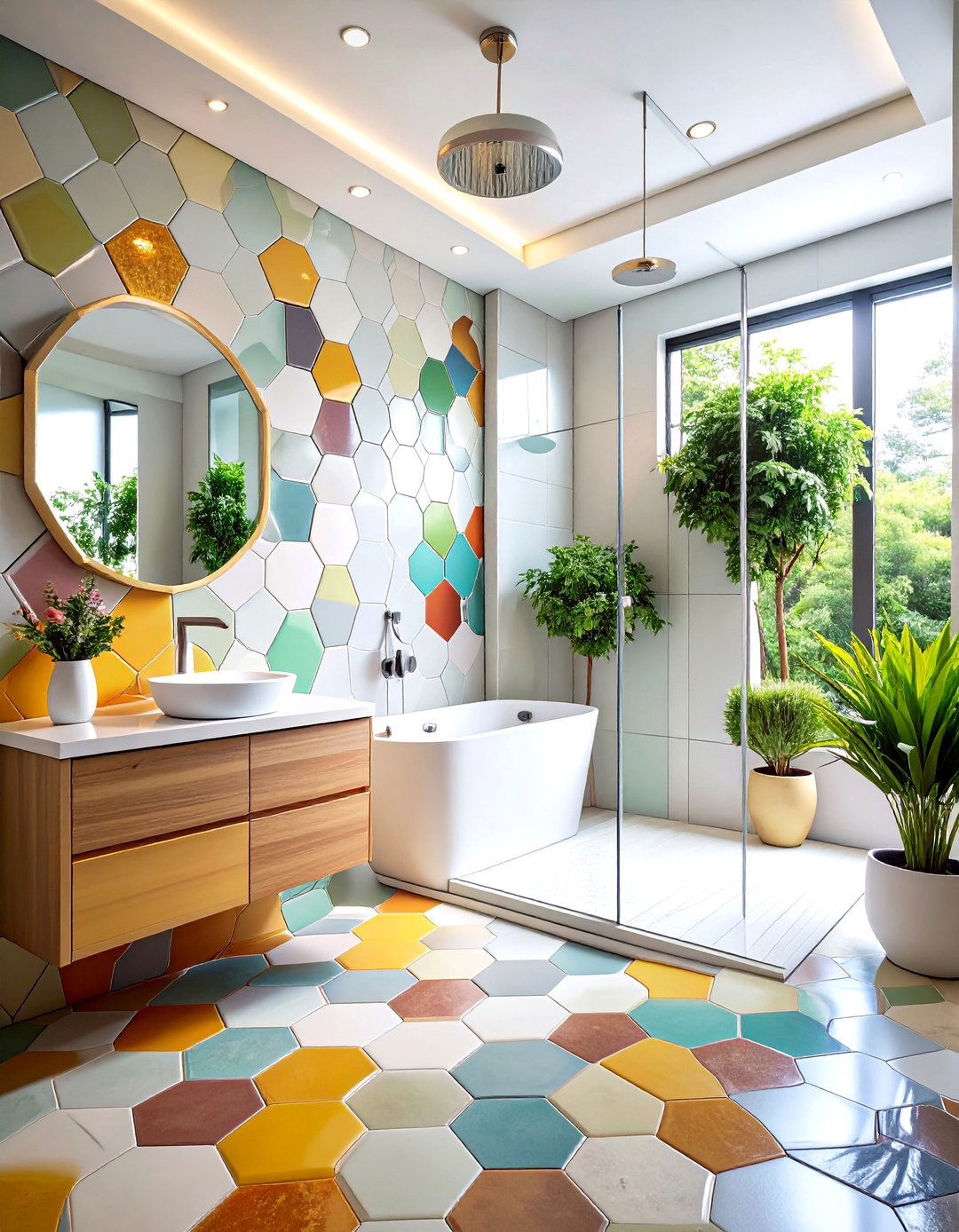

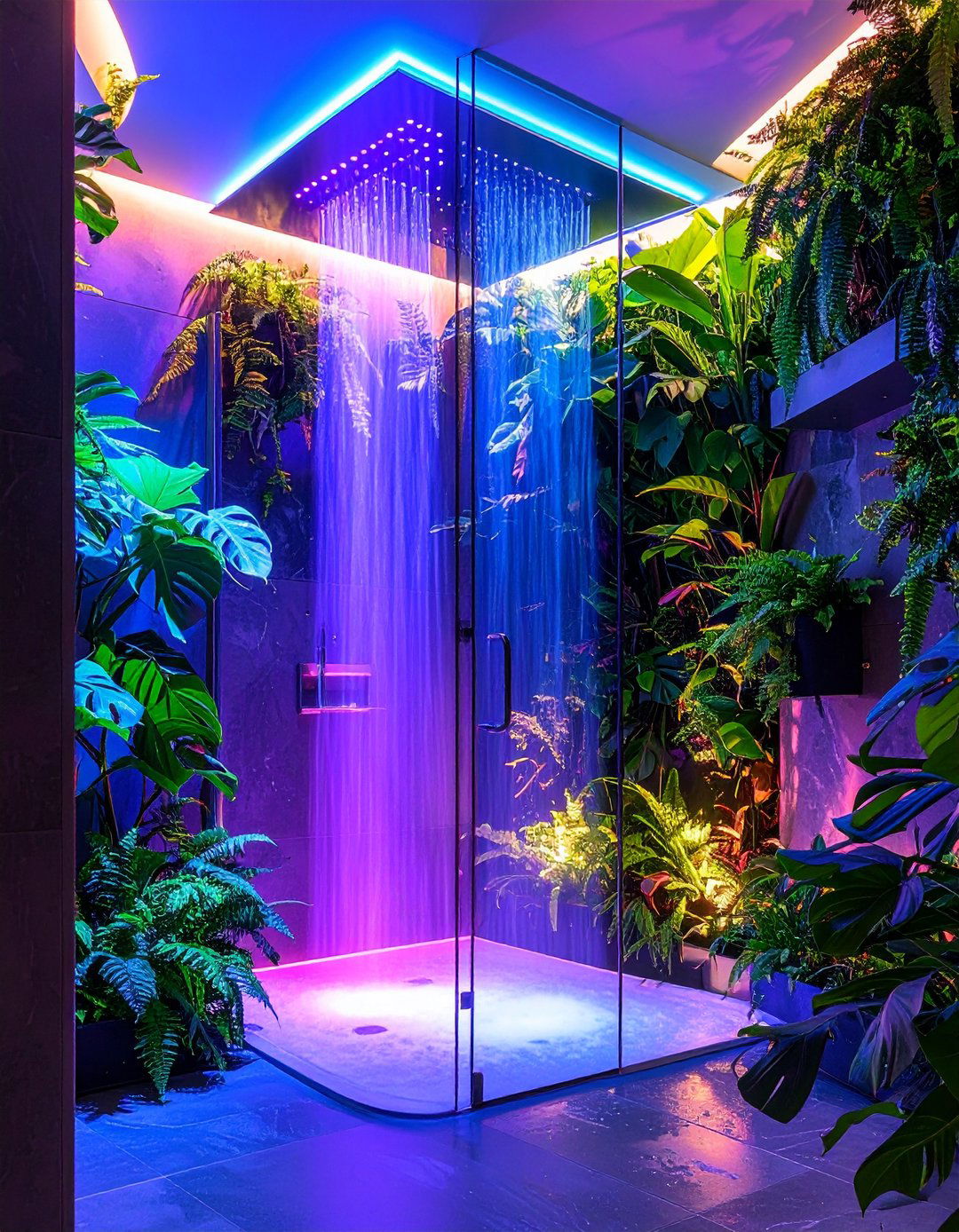

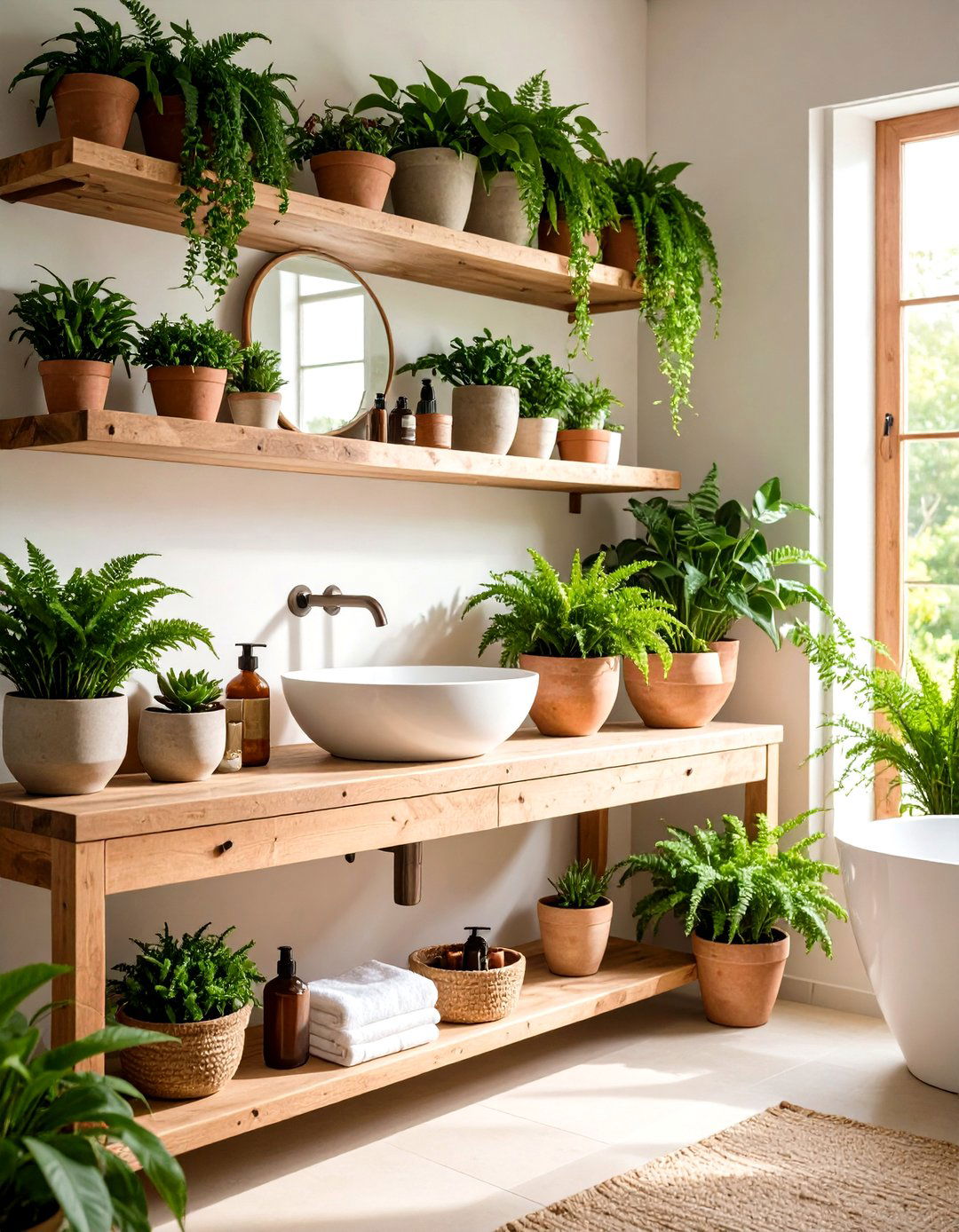
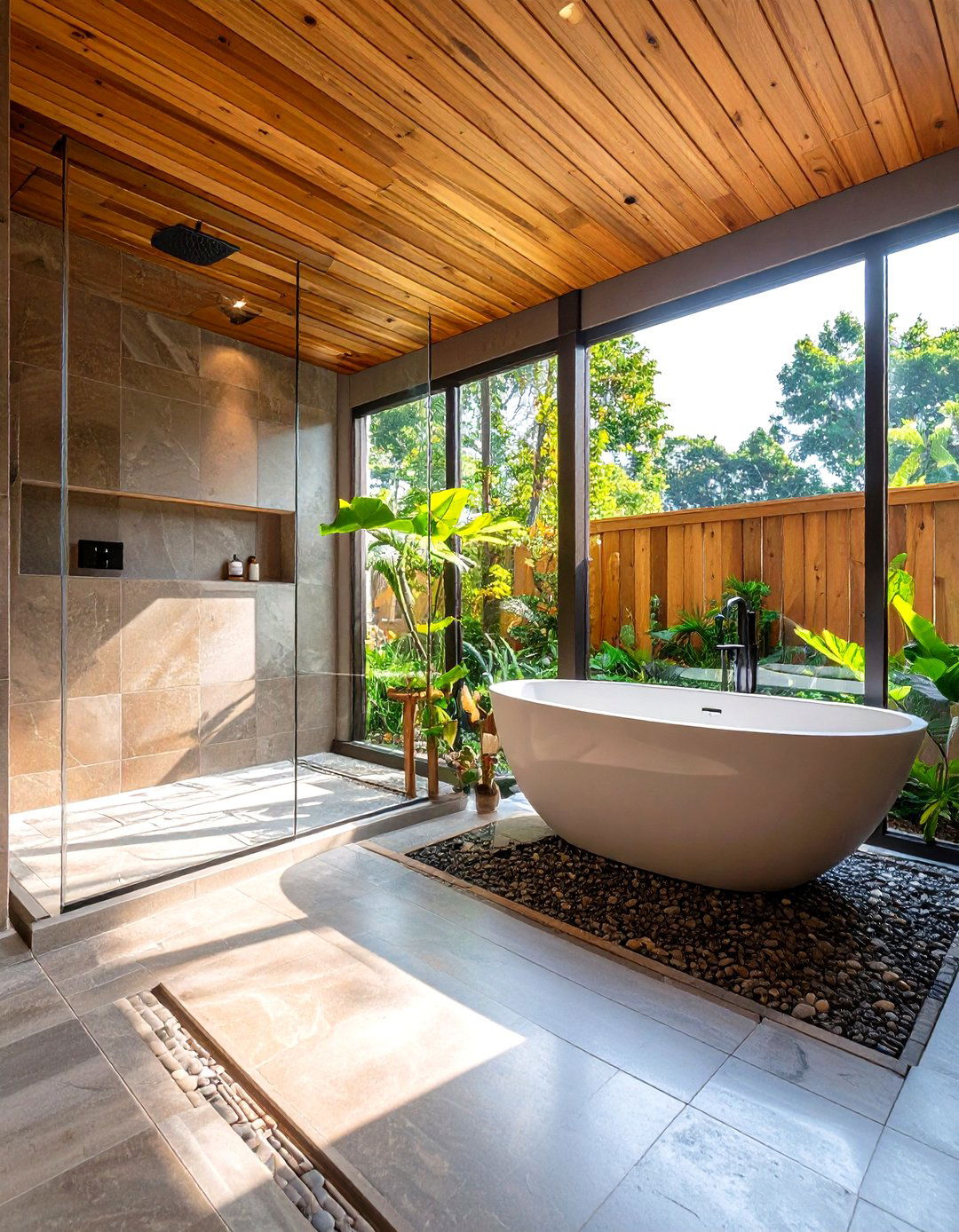
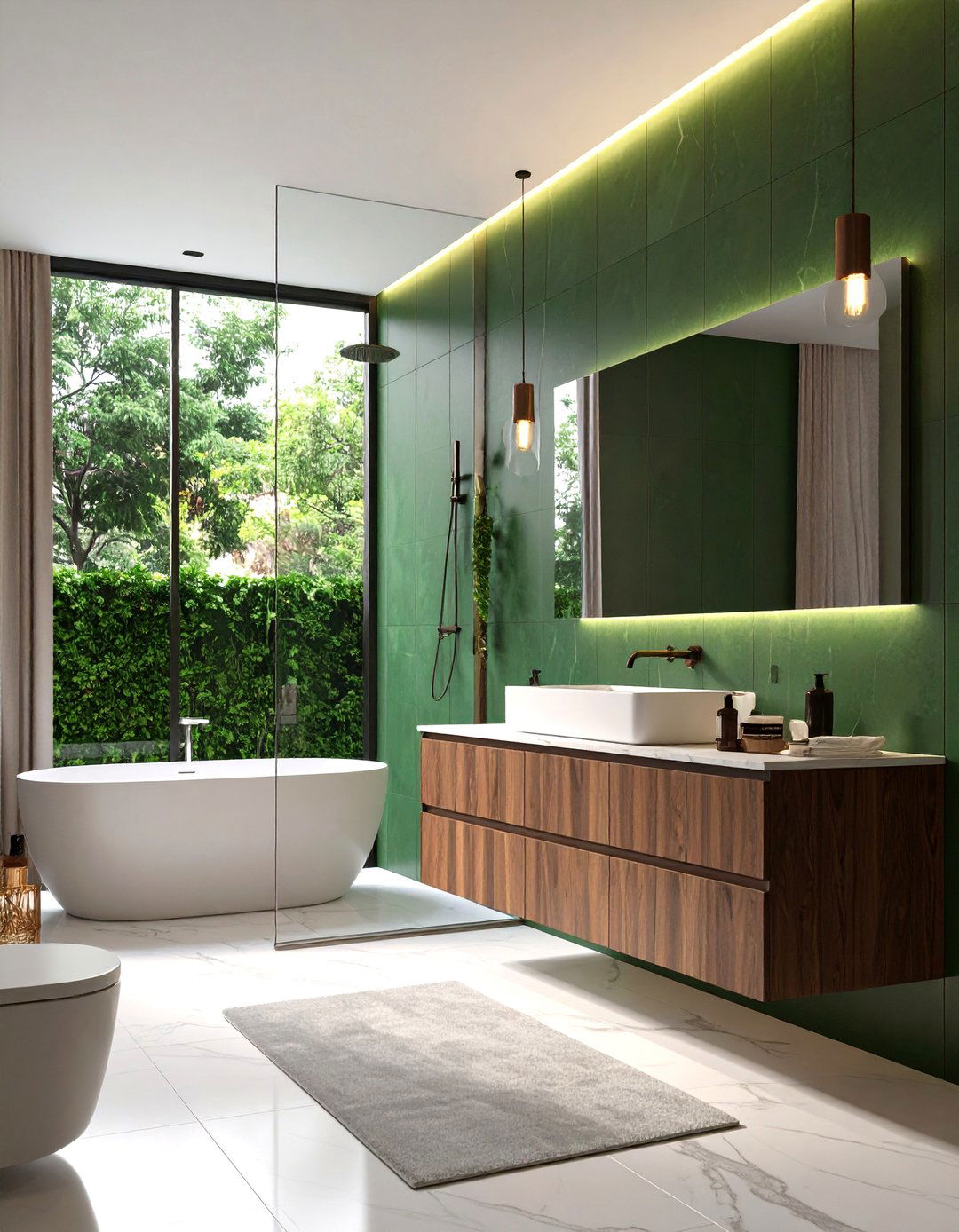
Leave a Reply